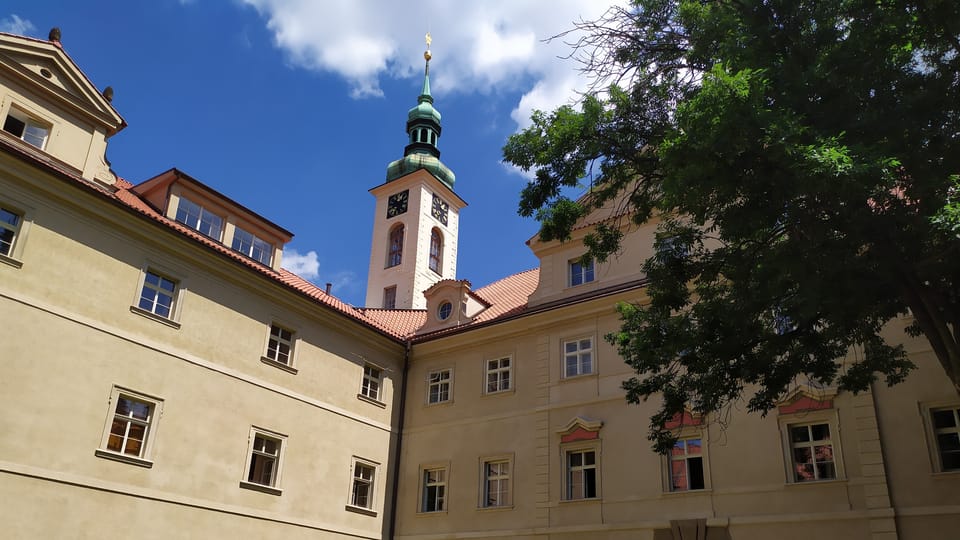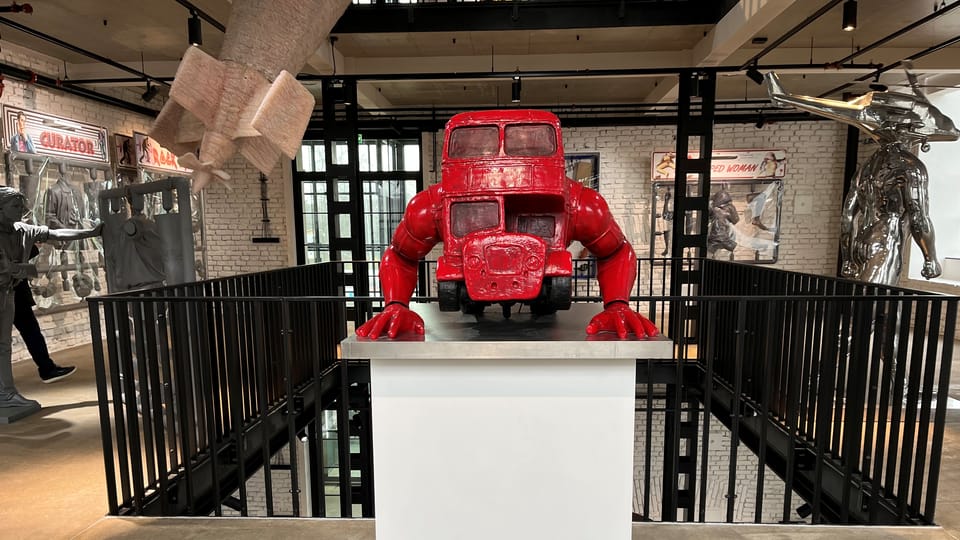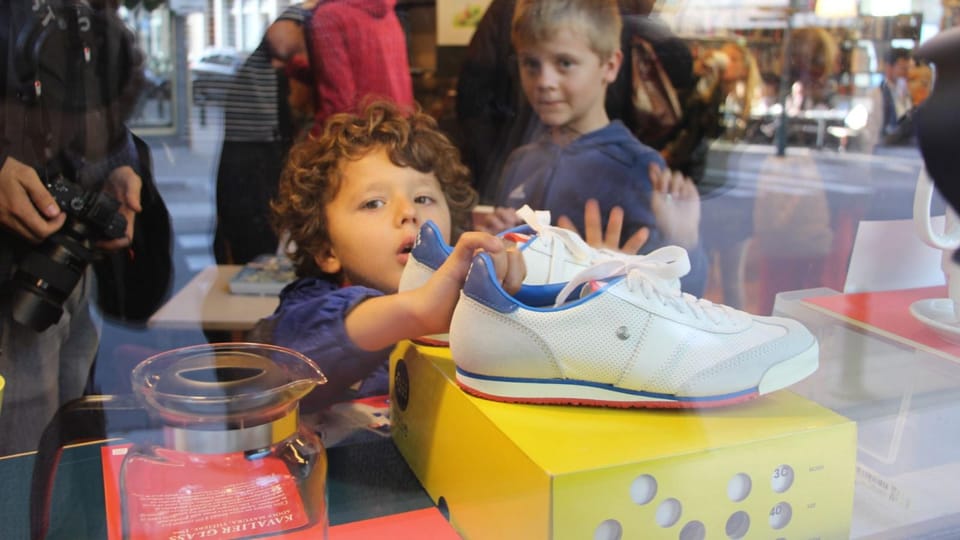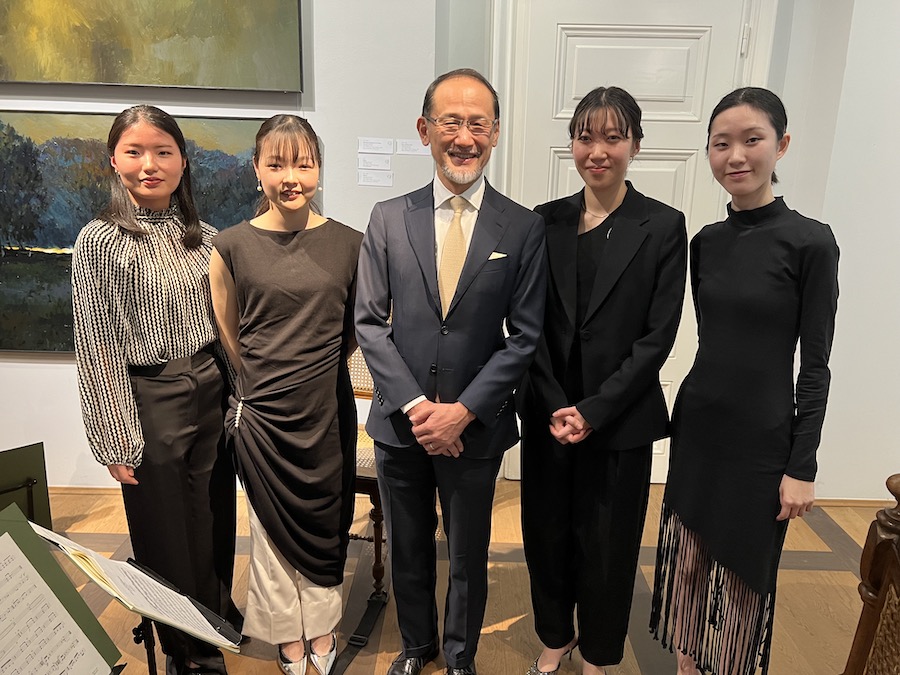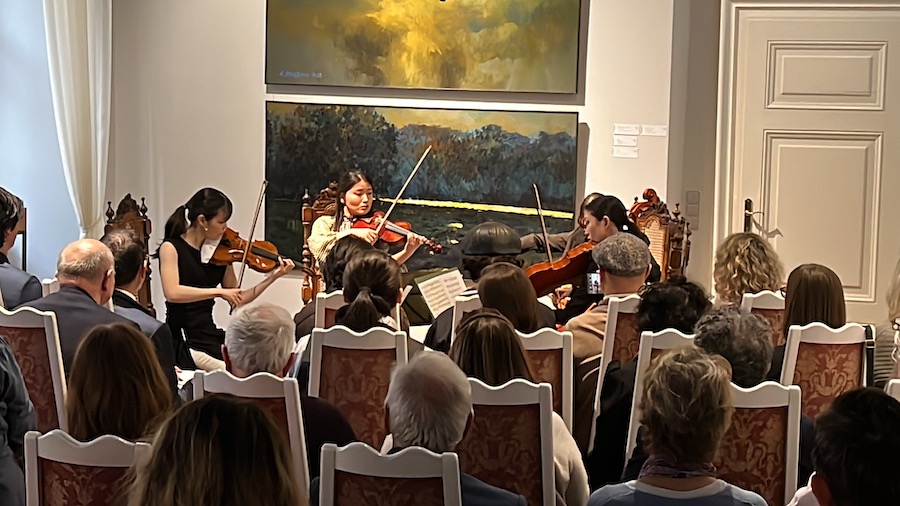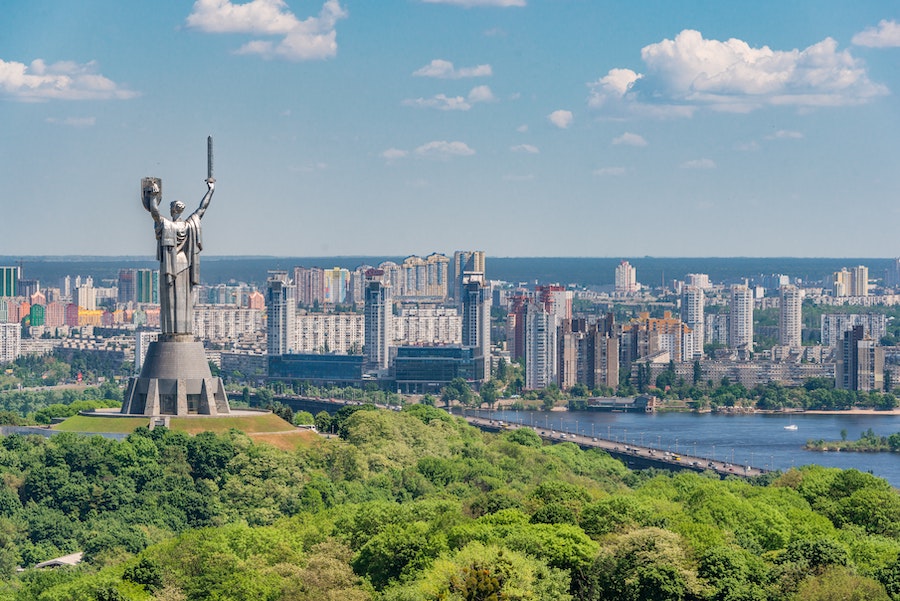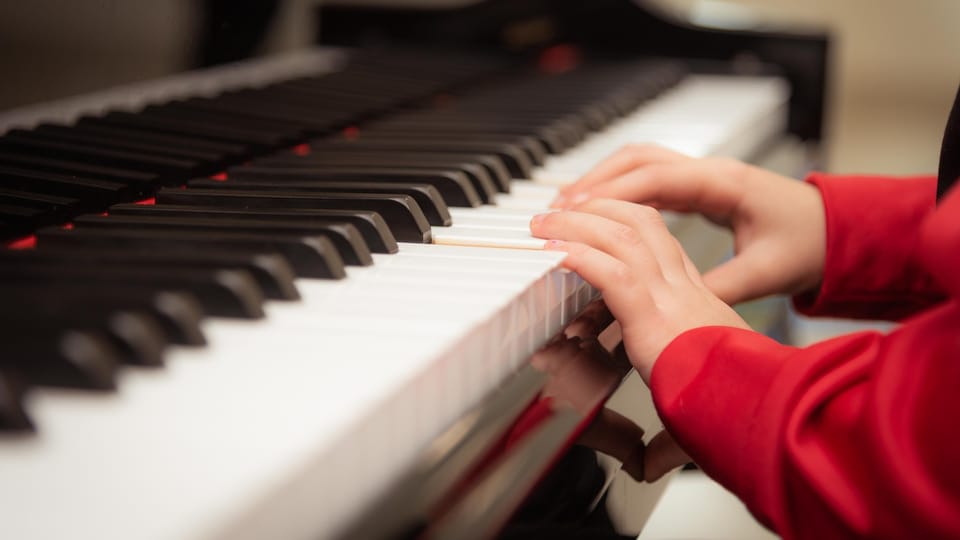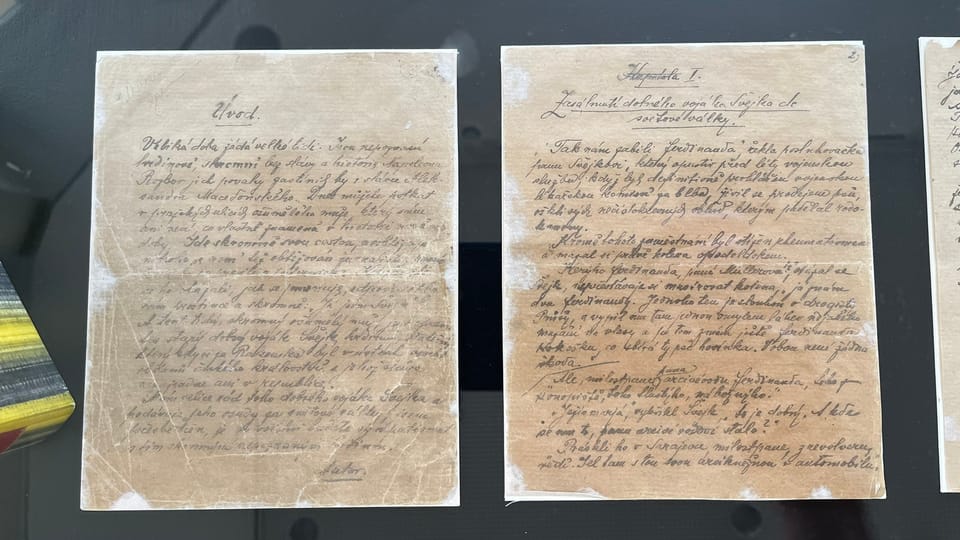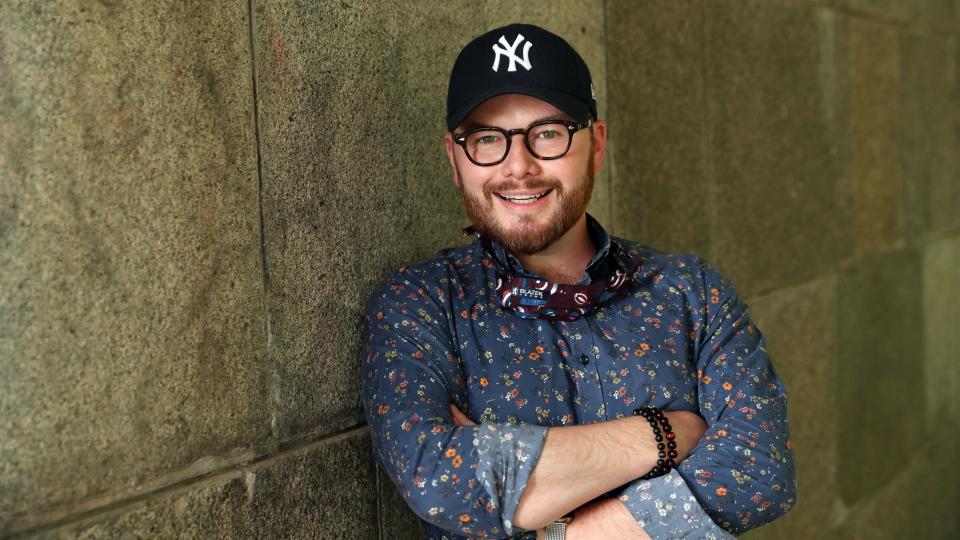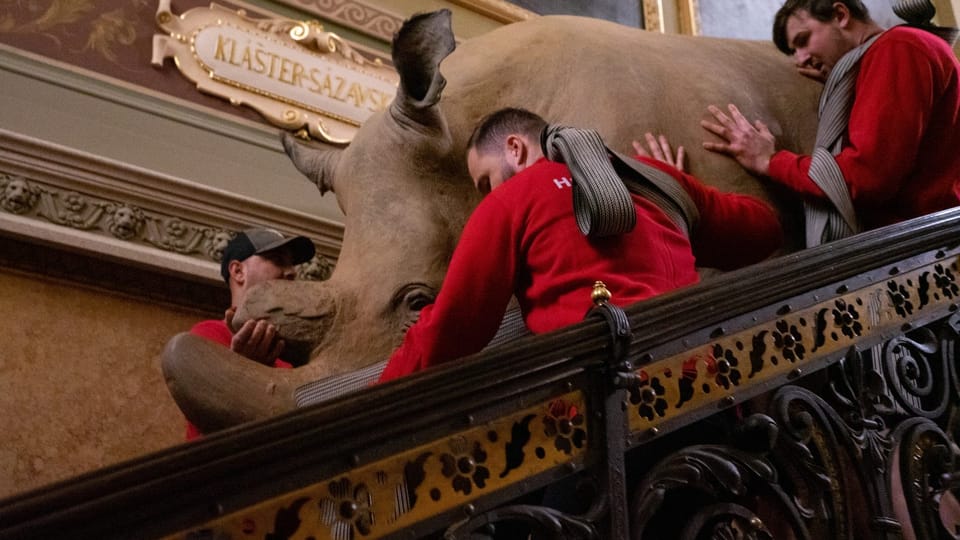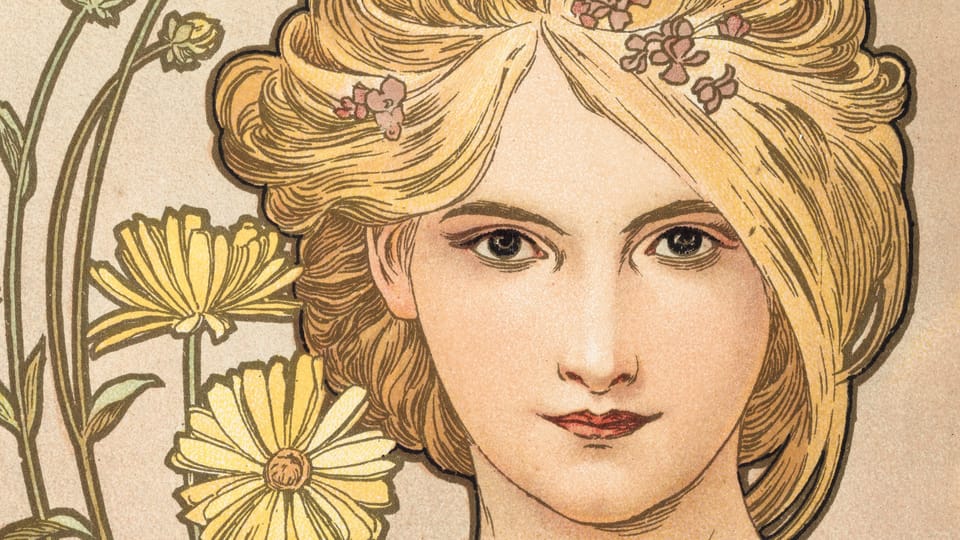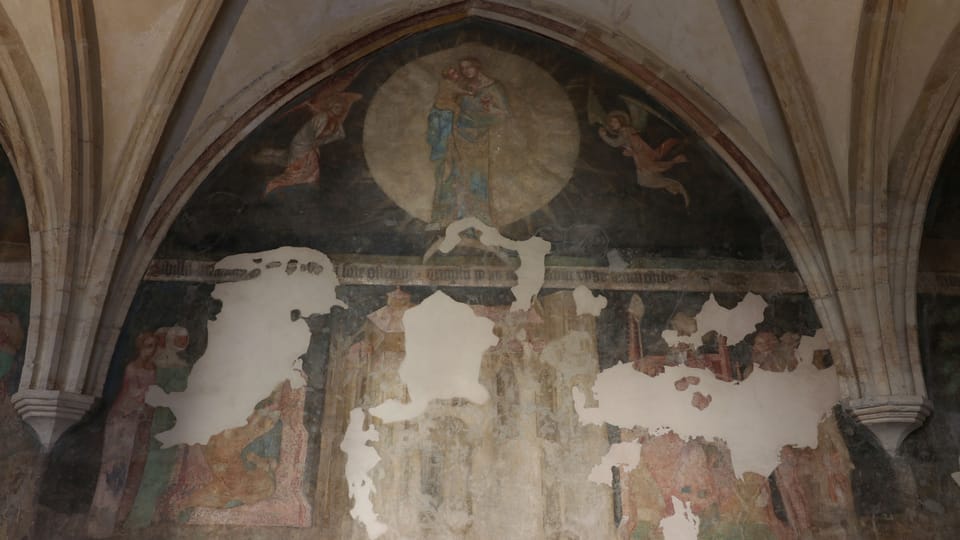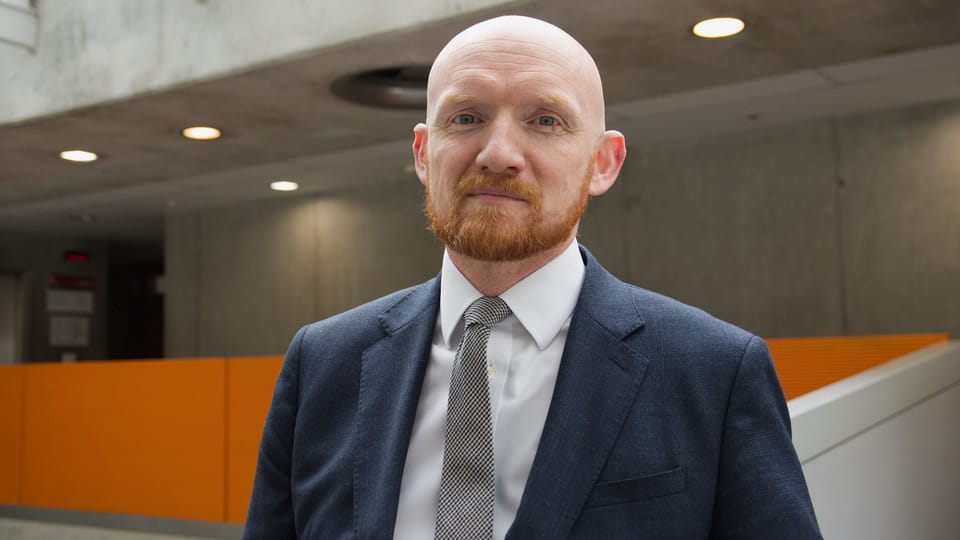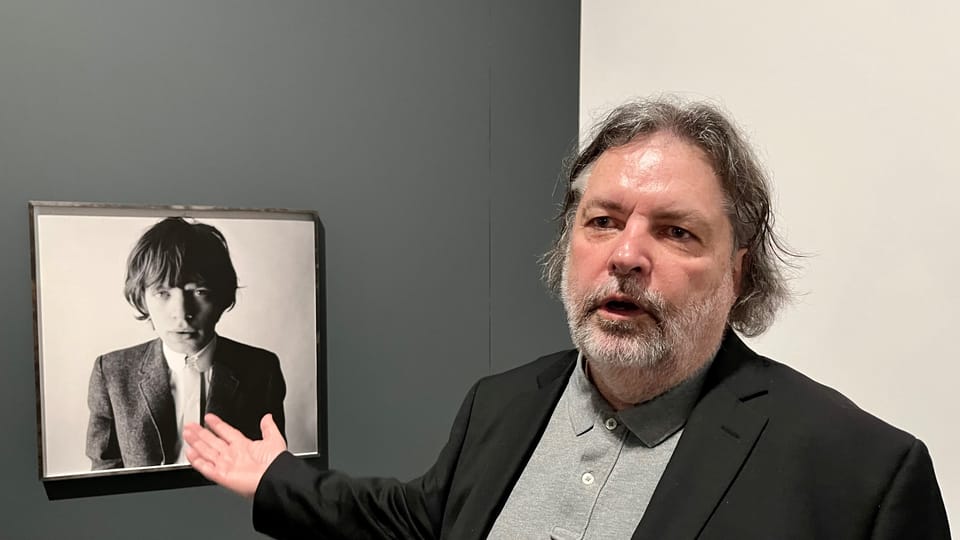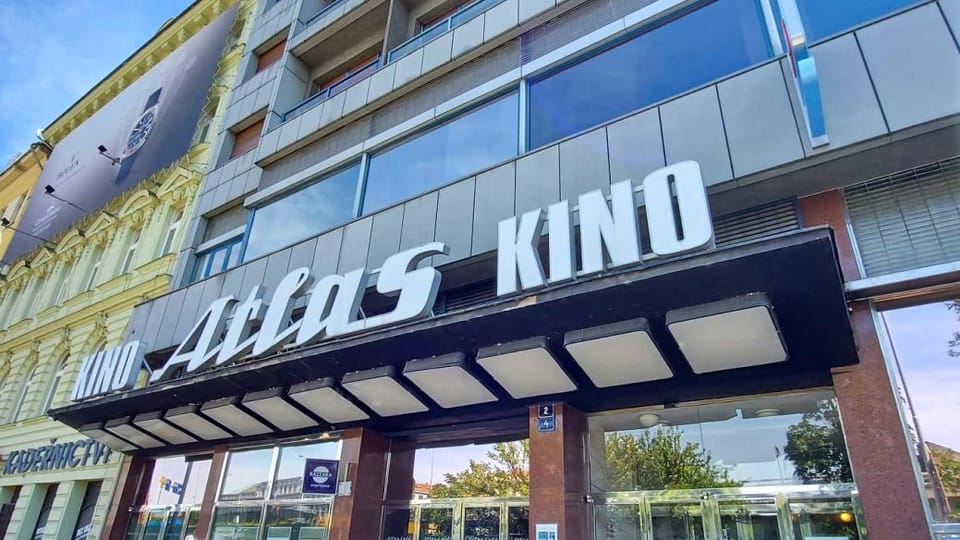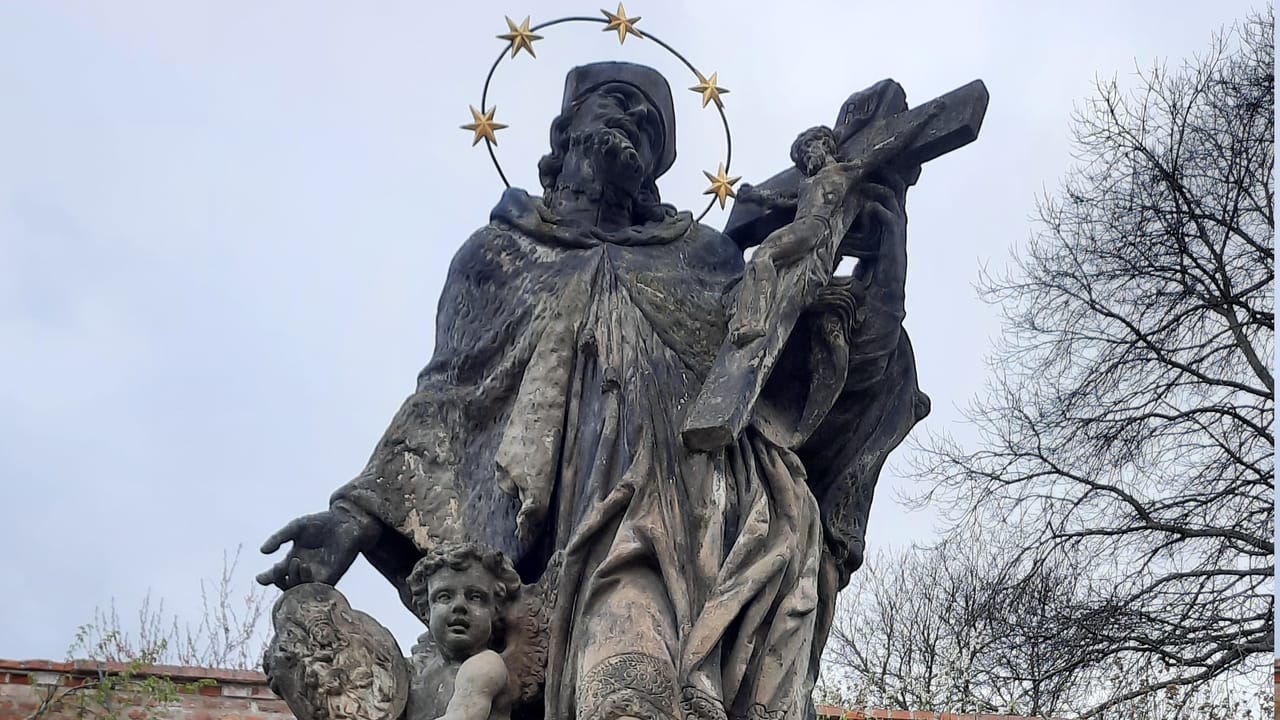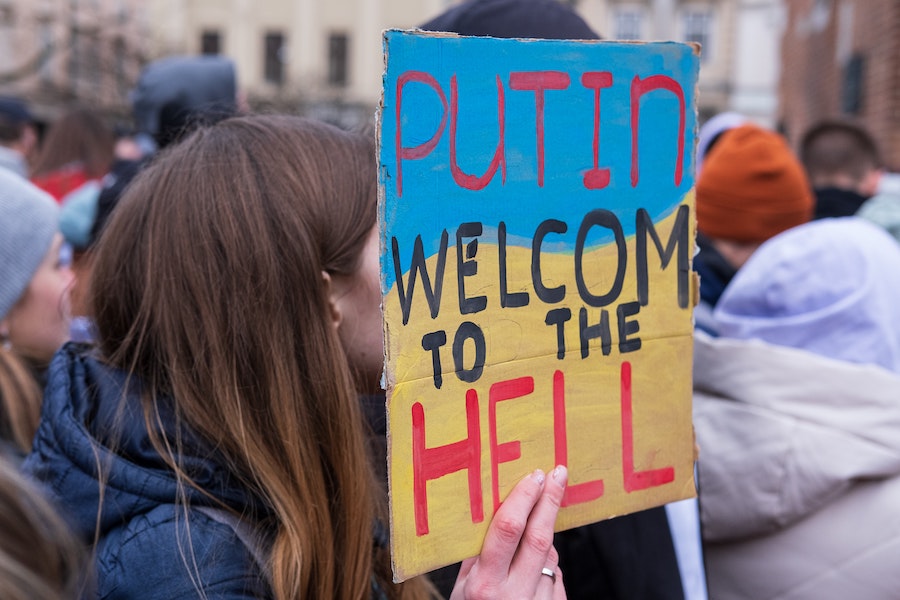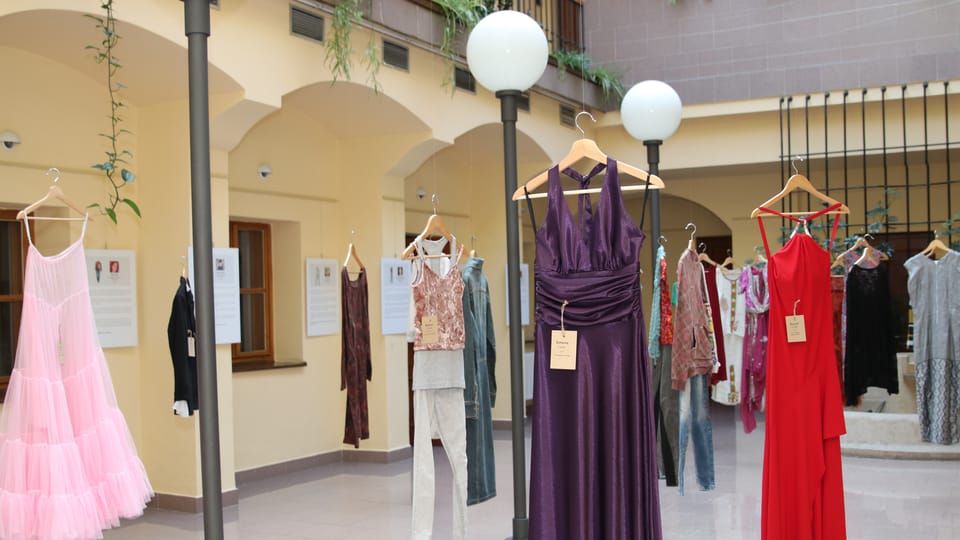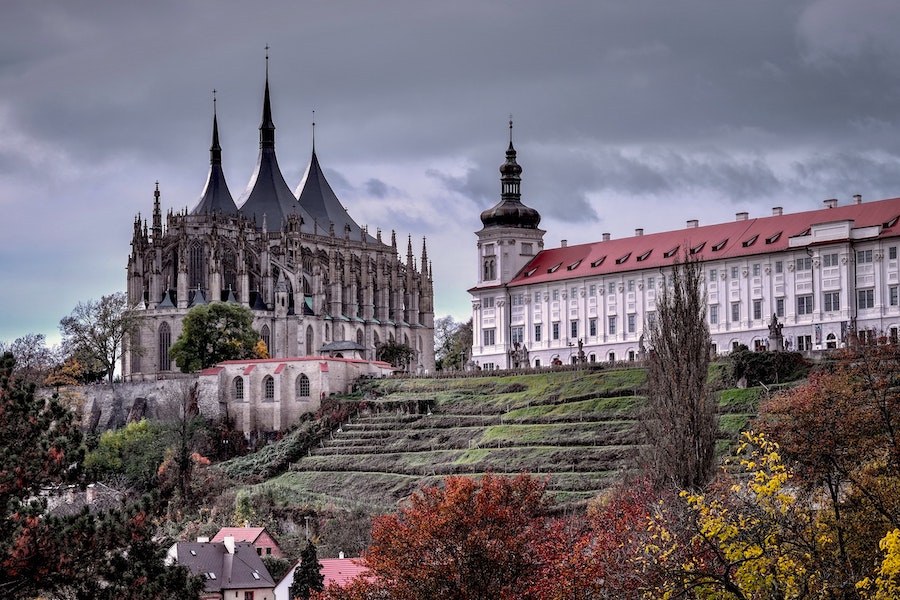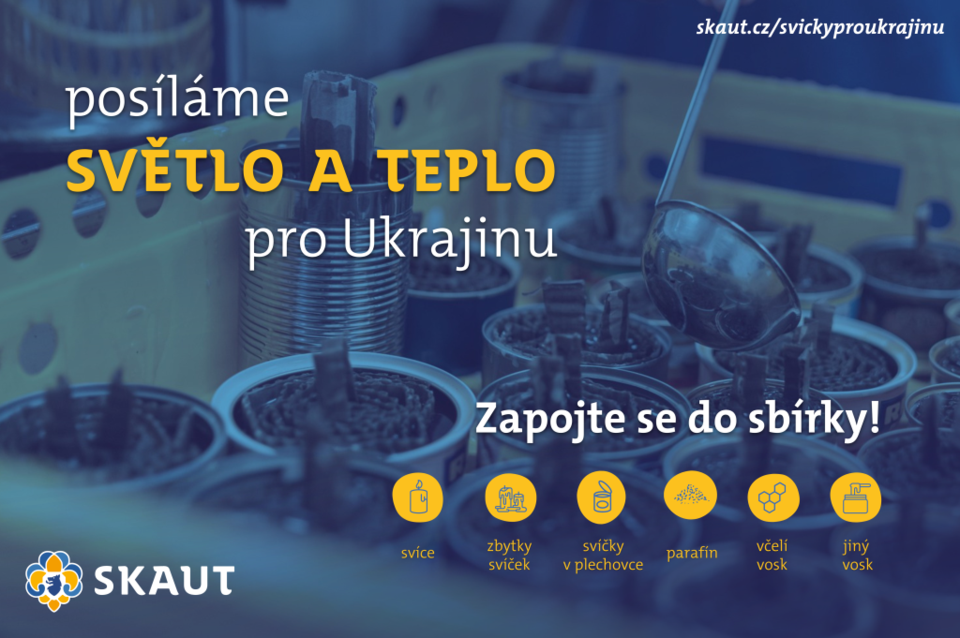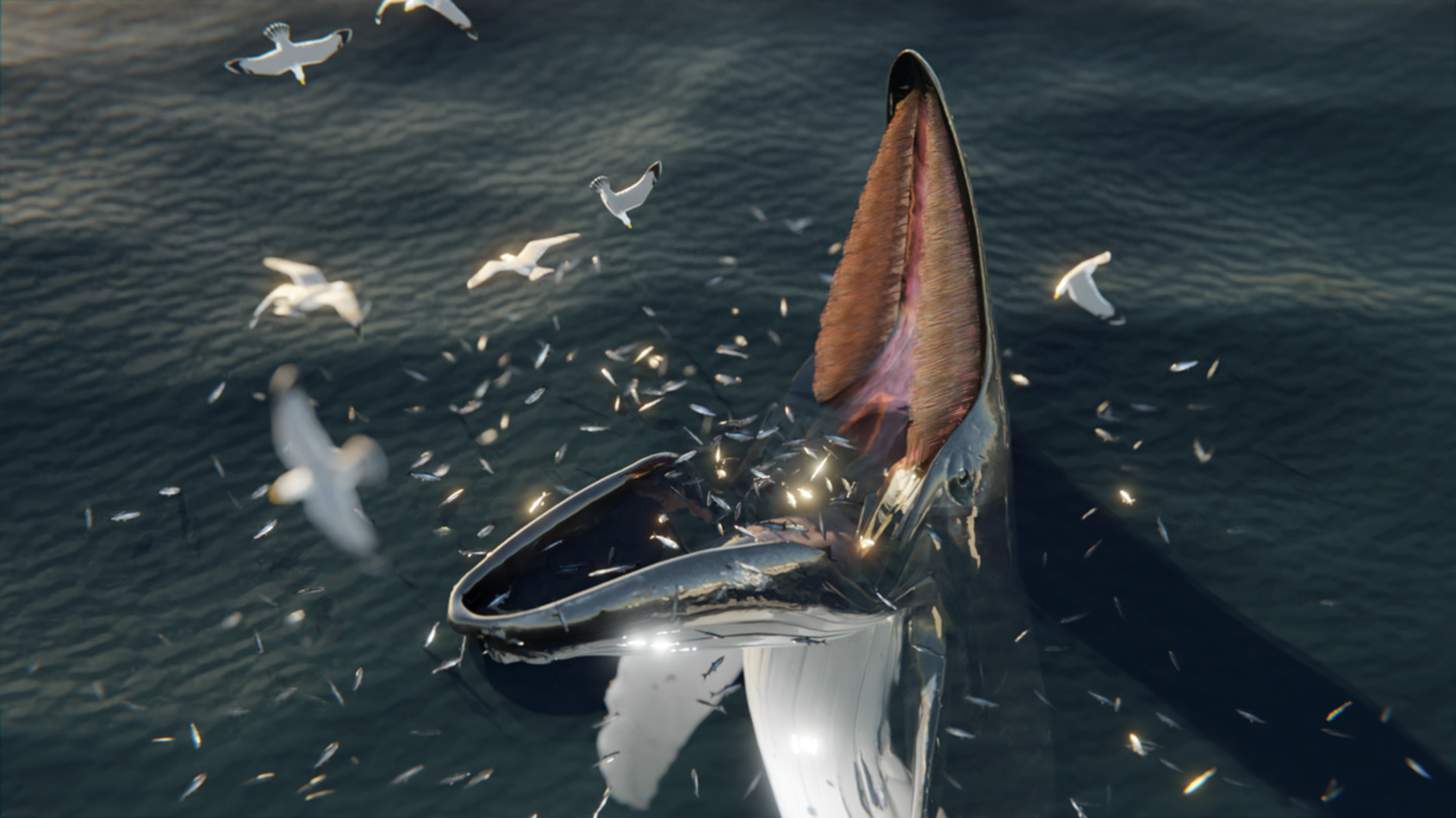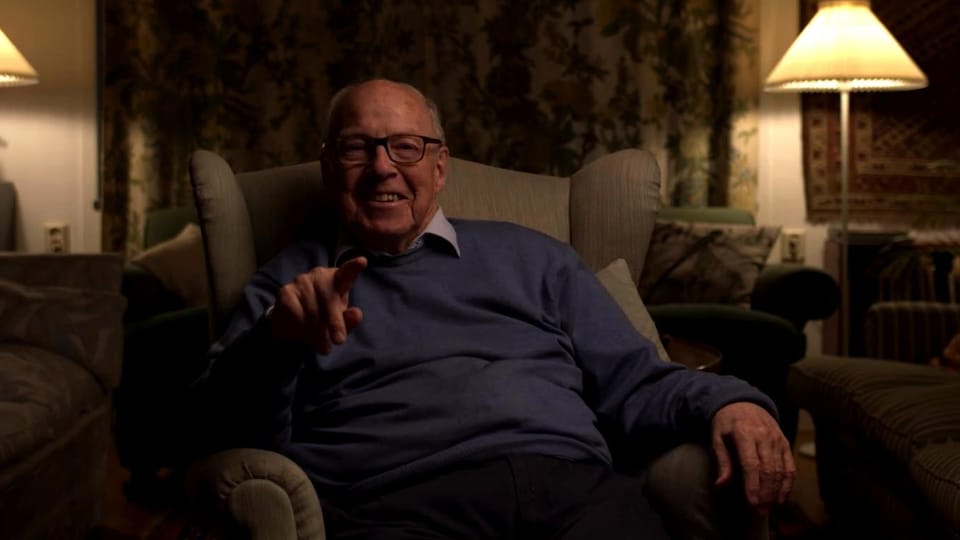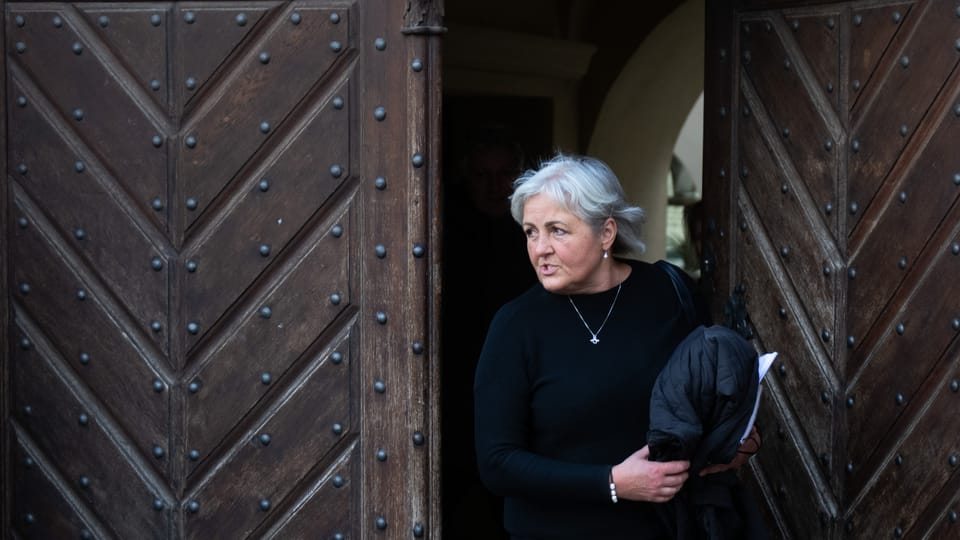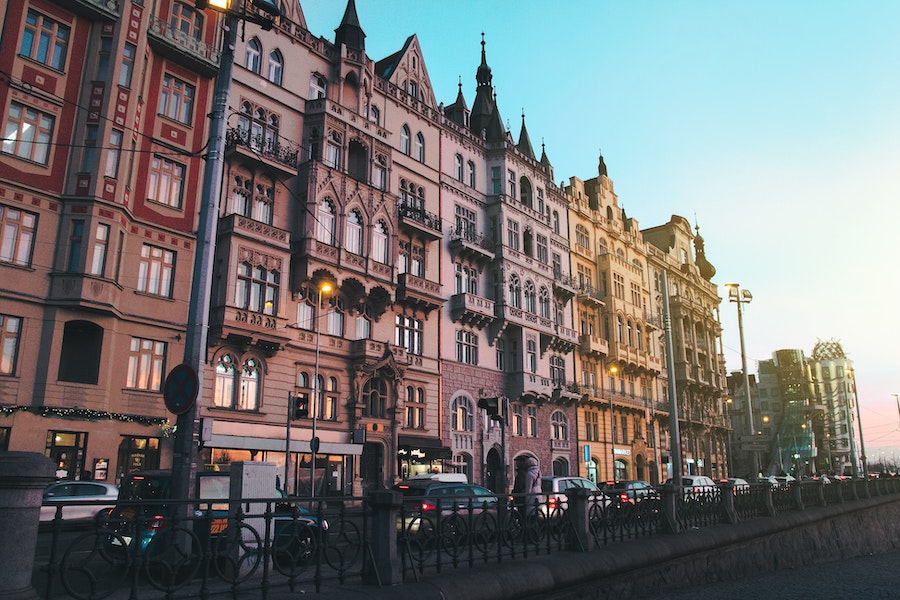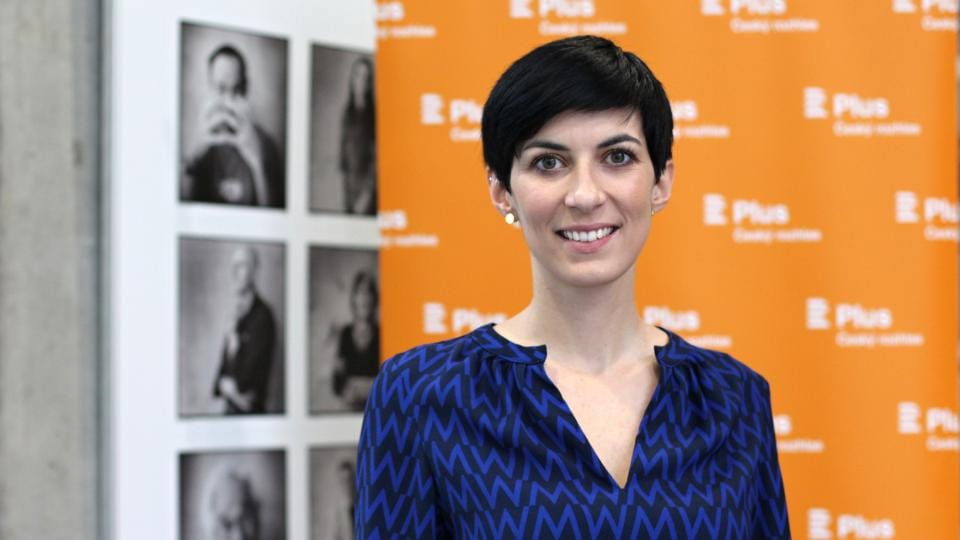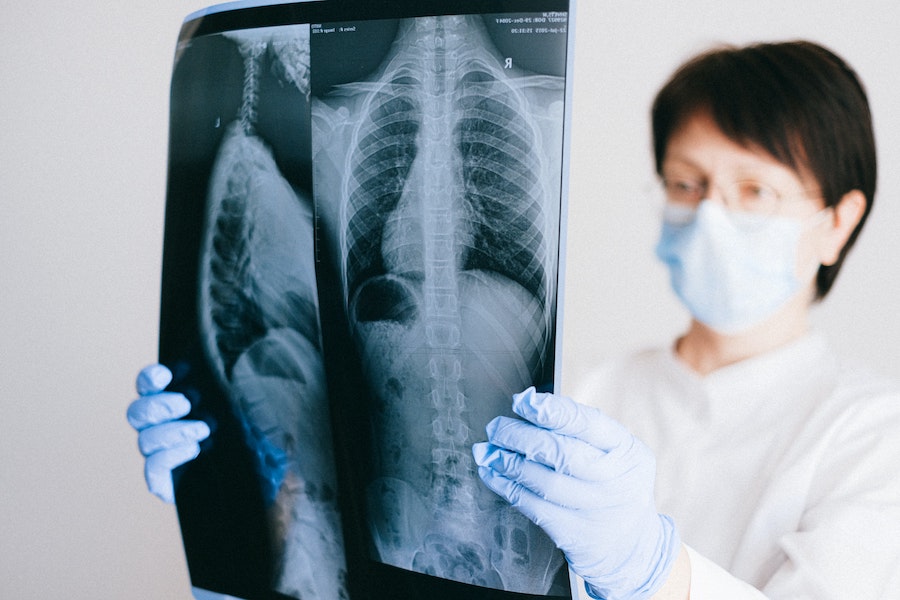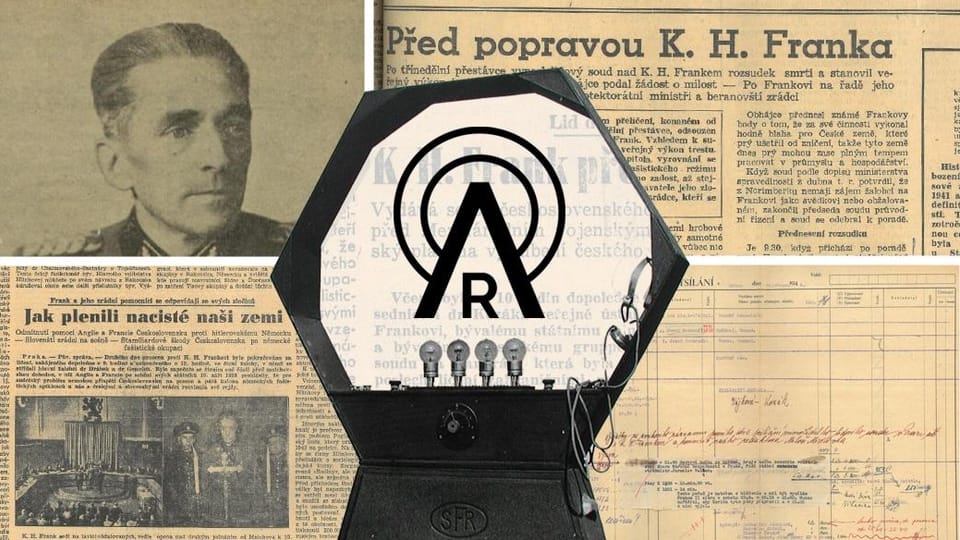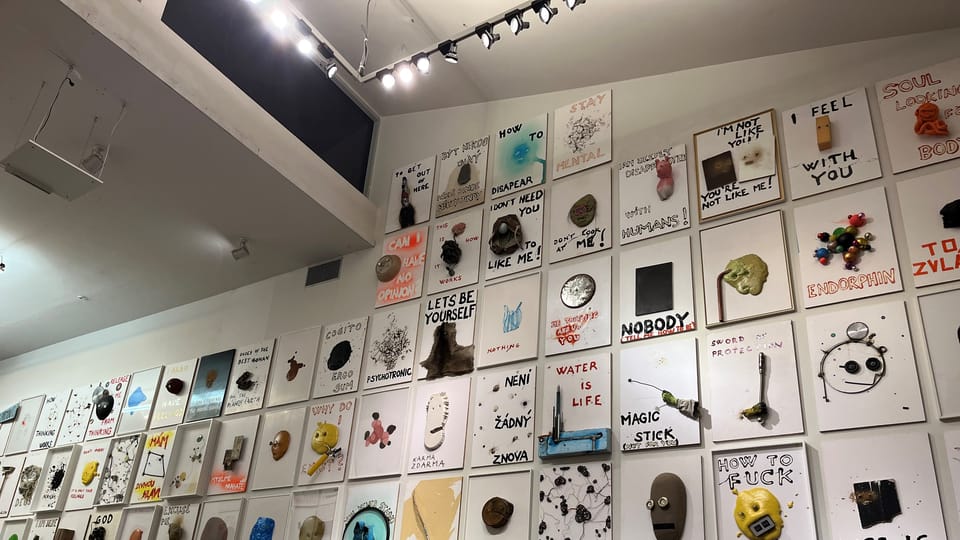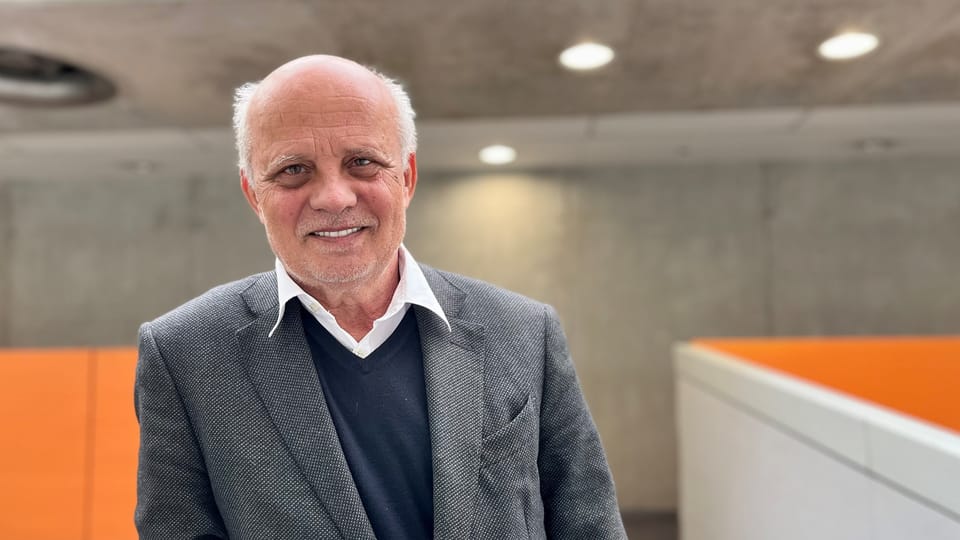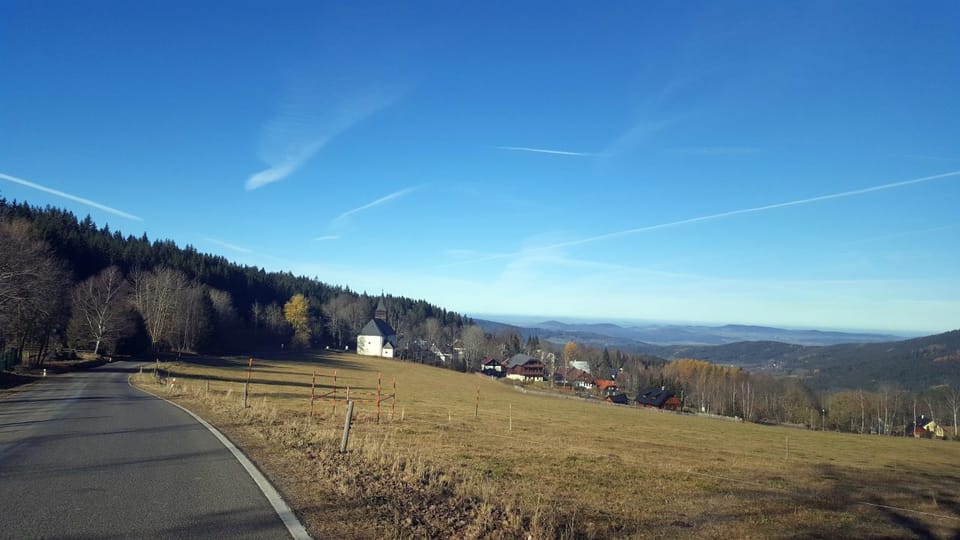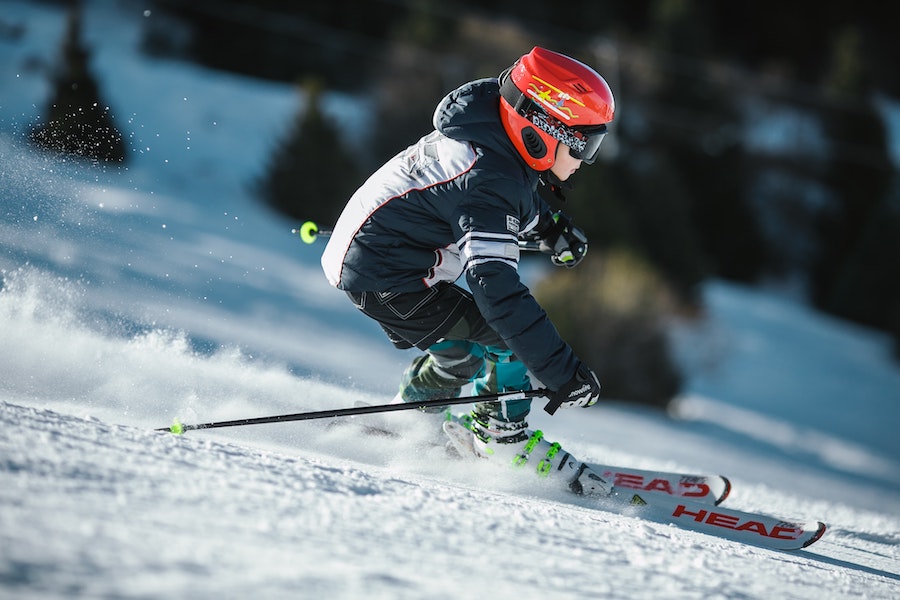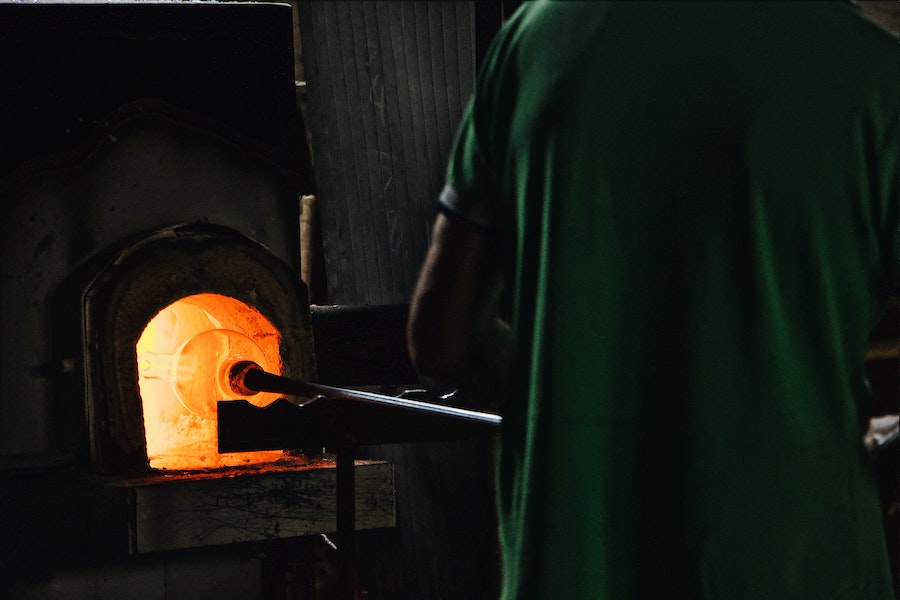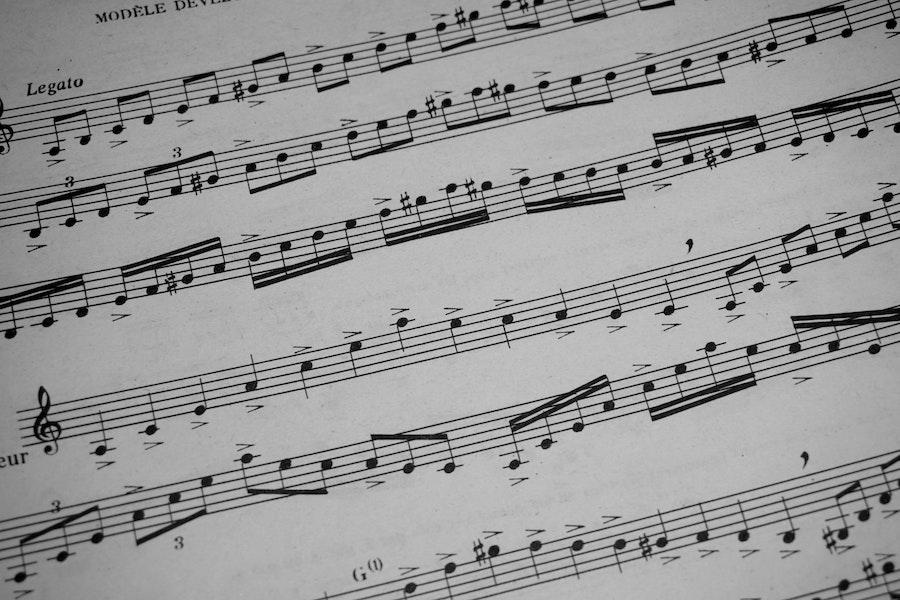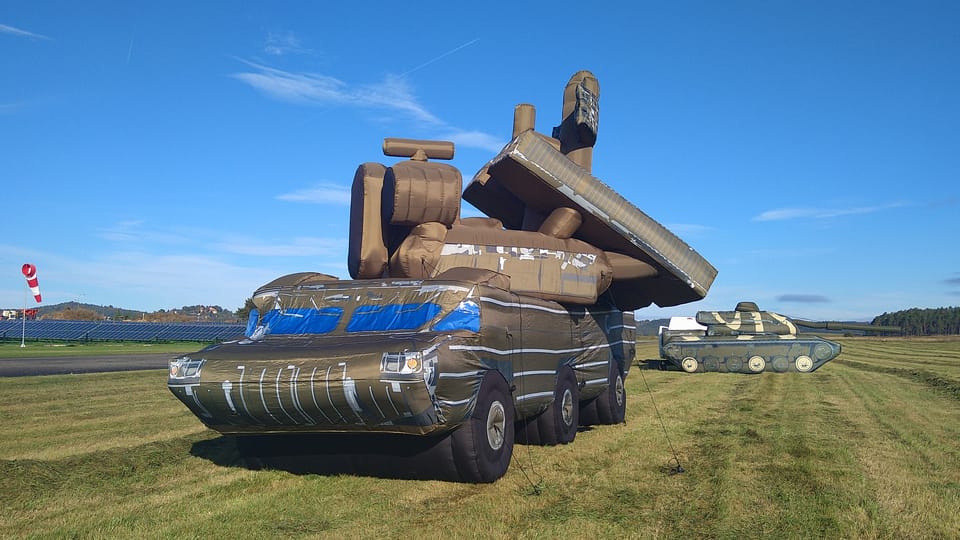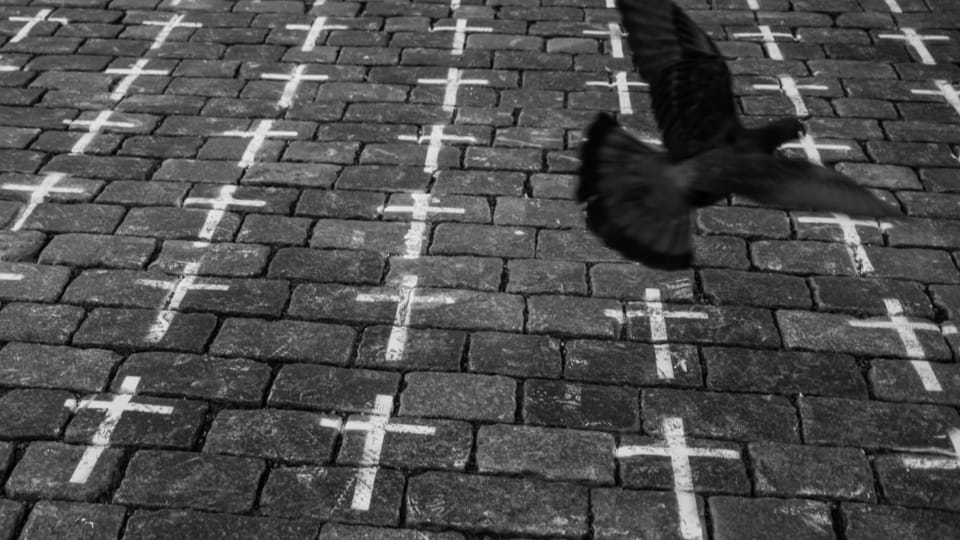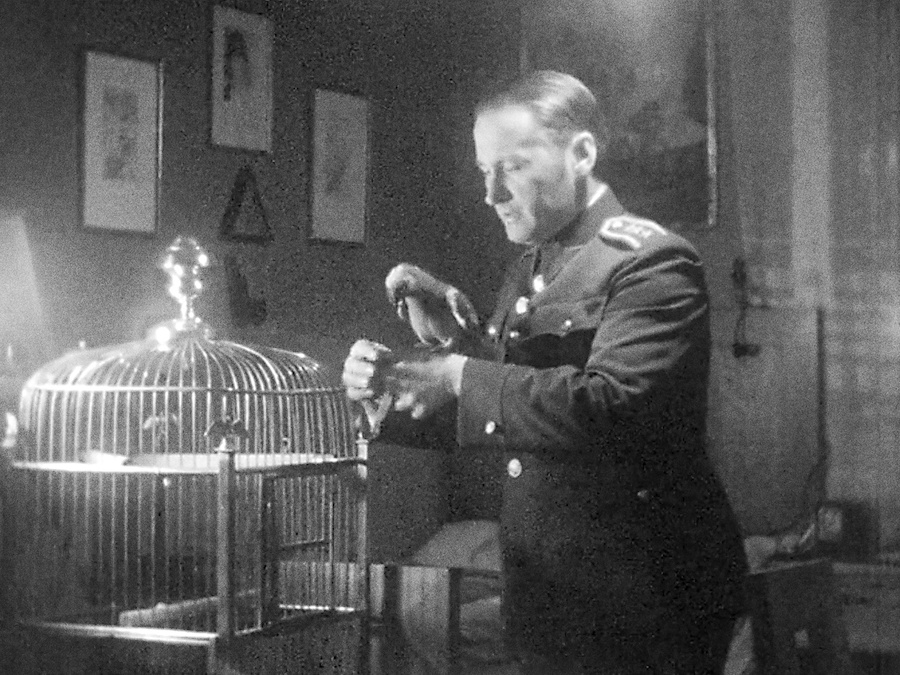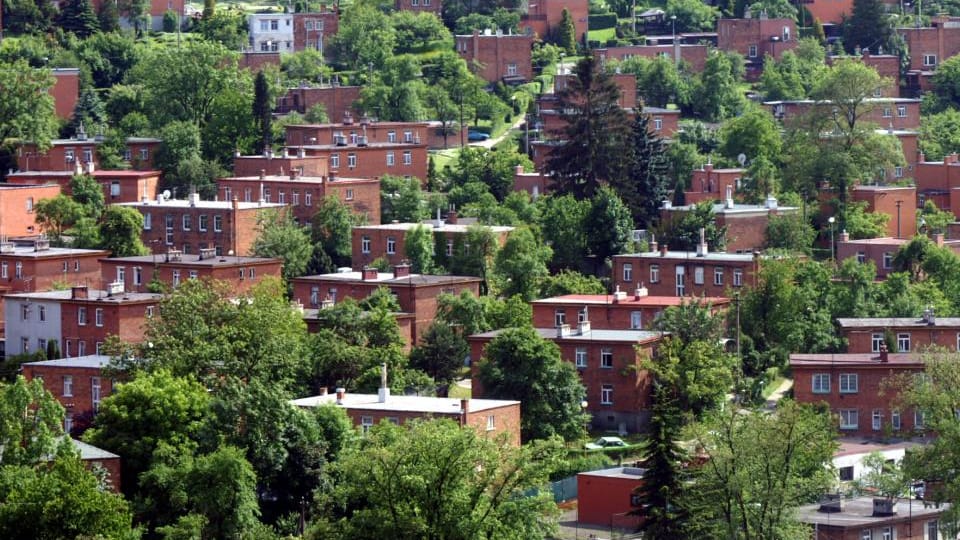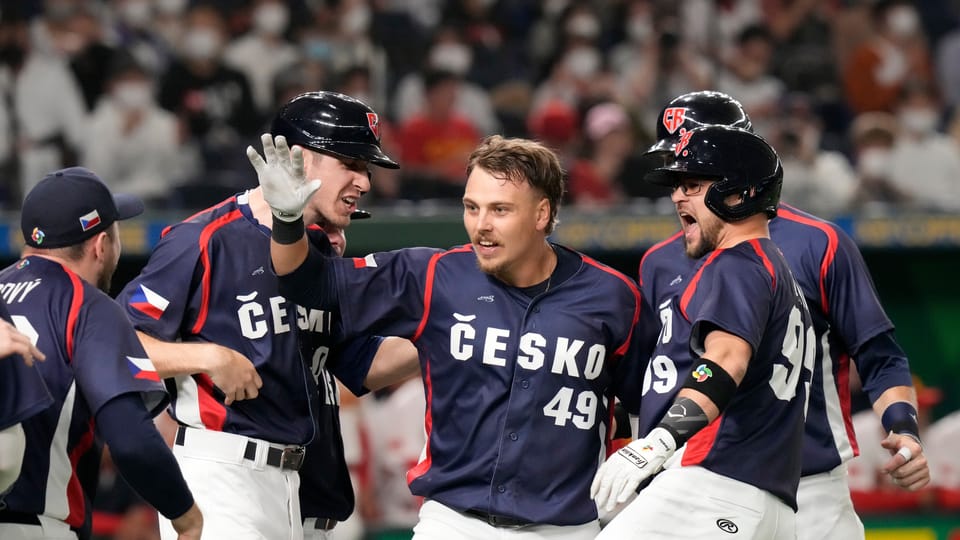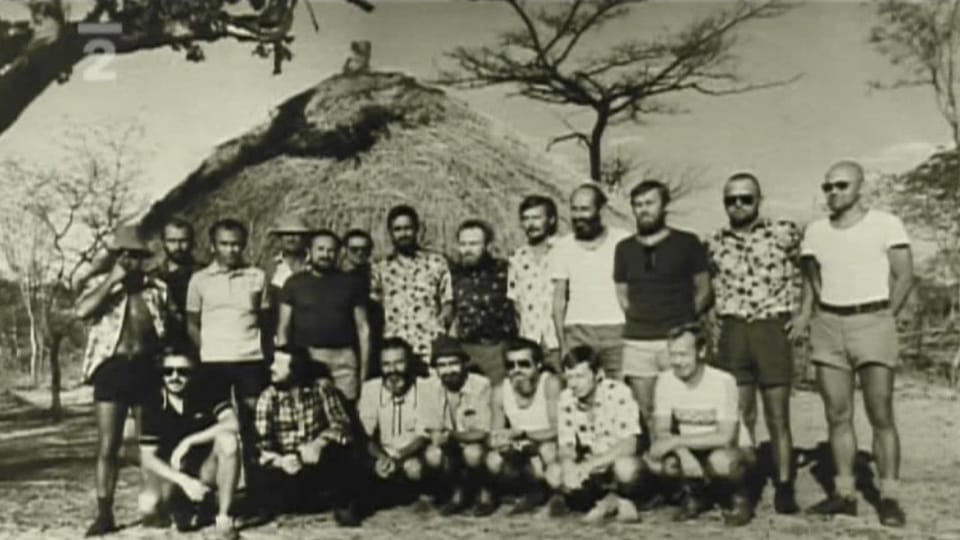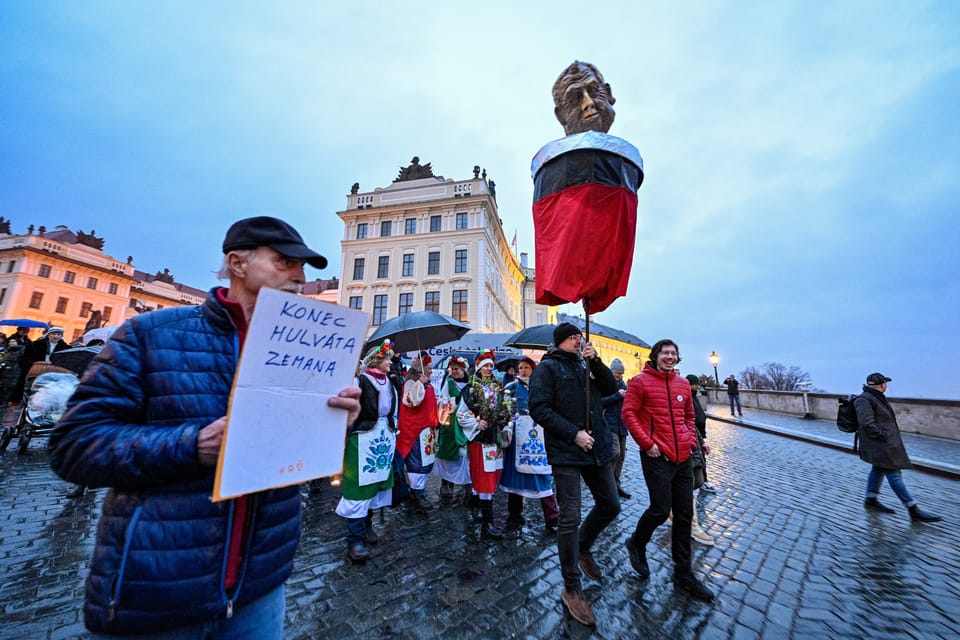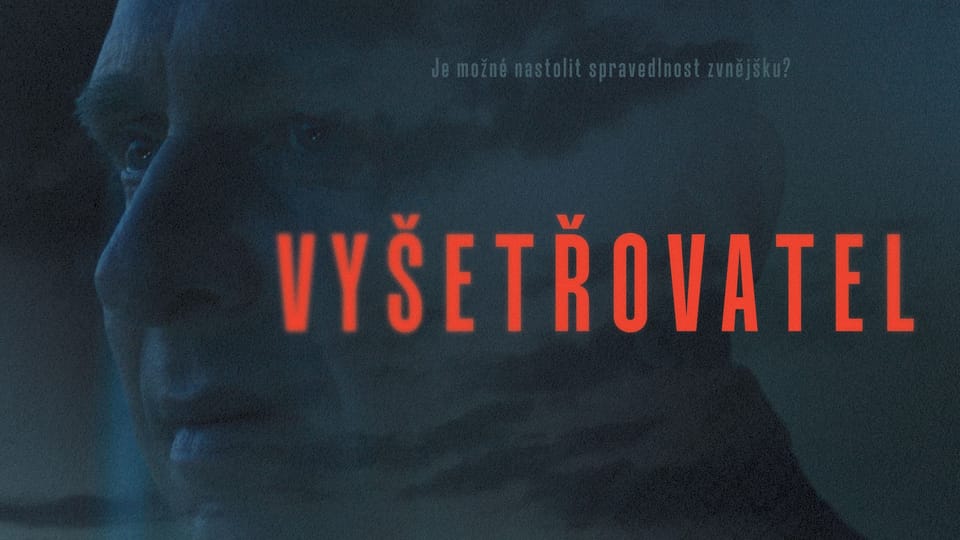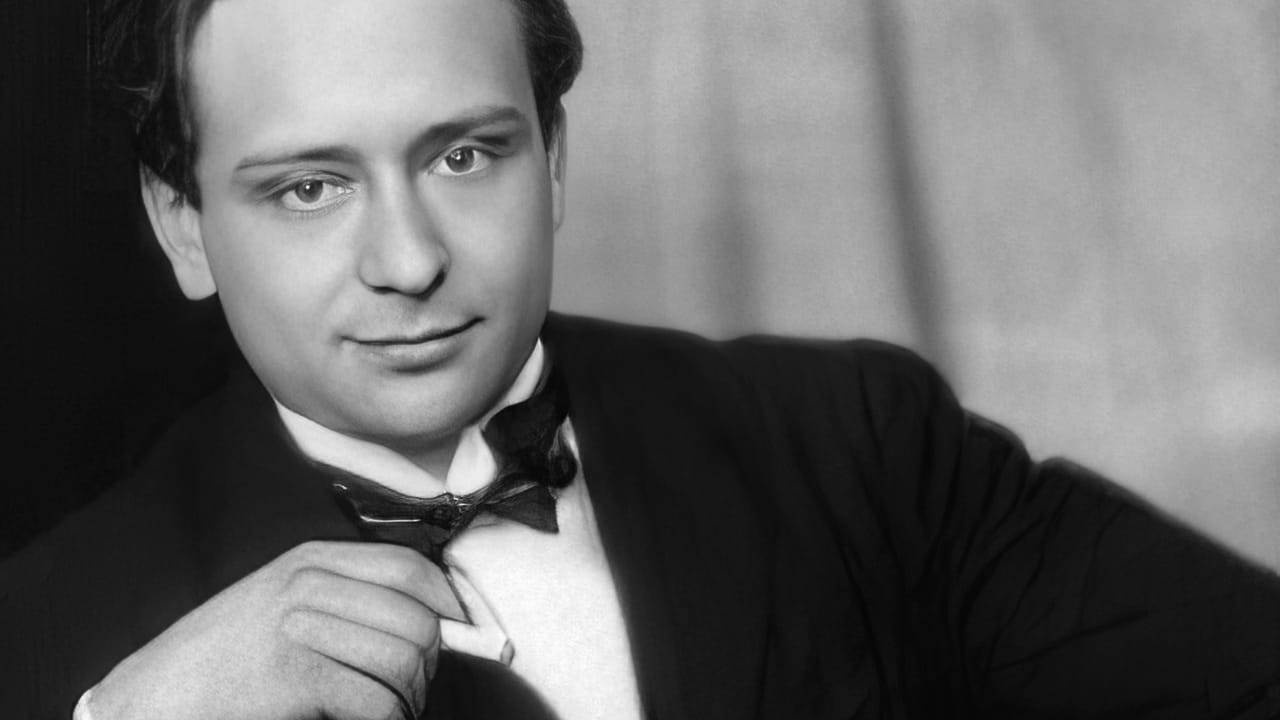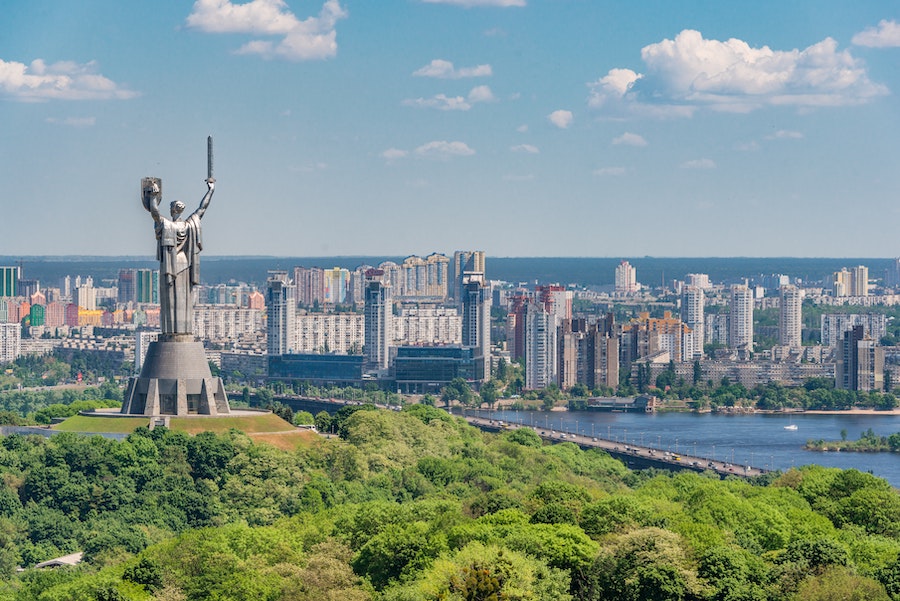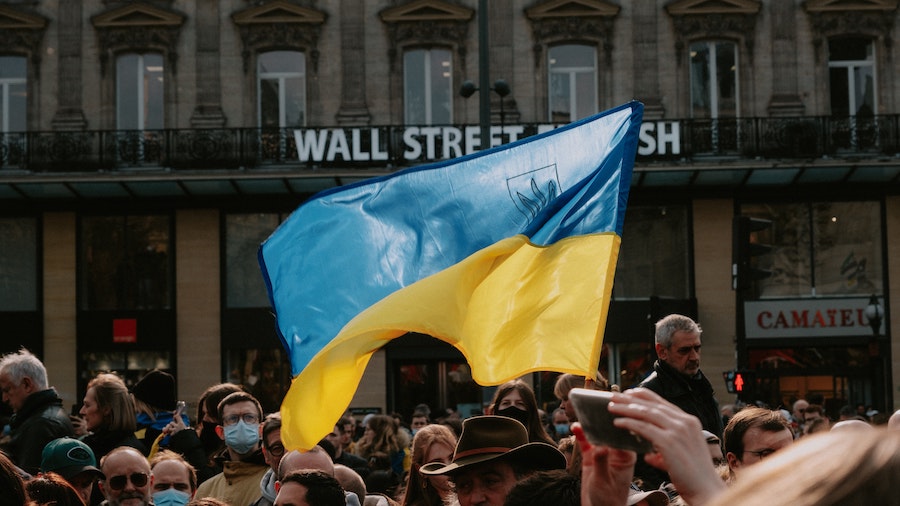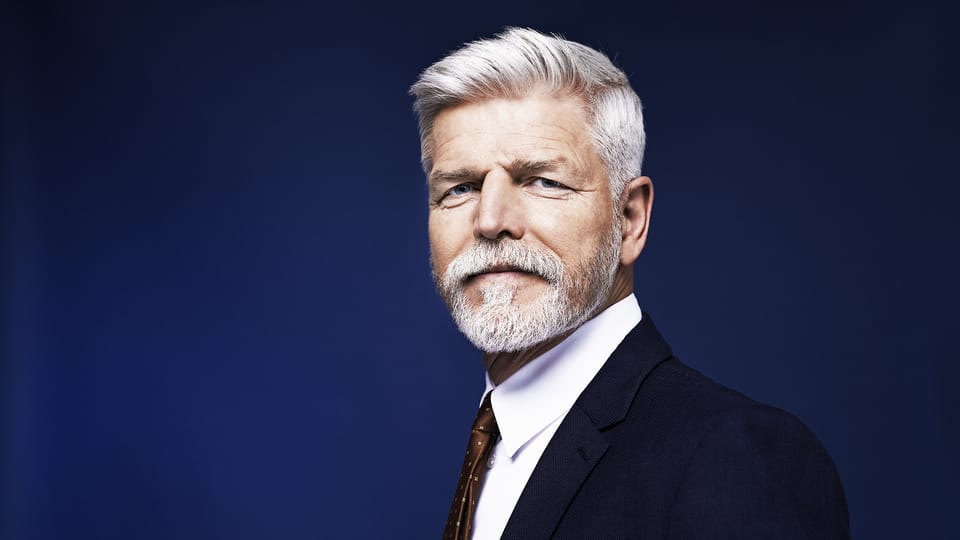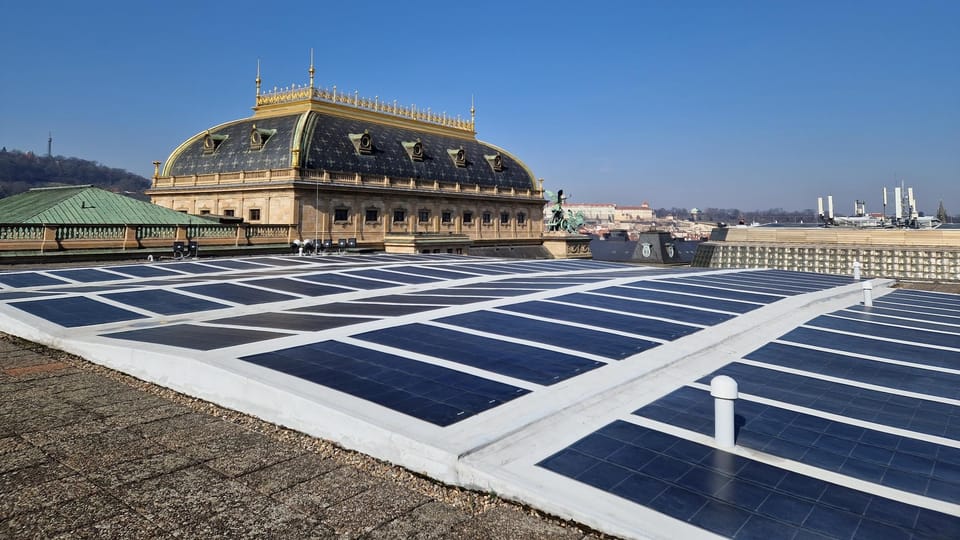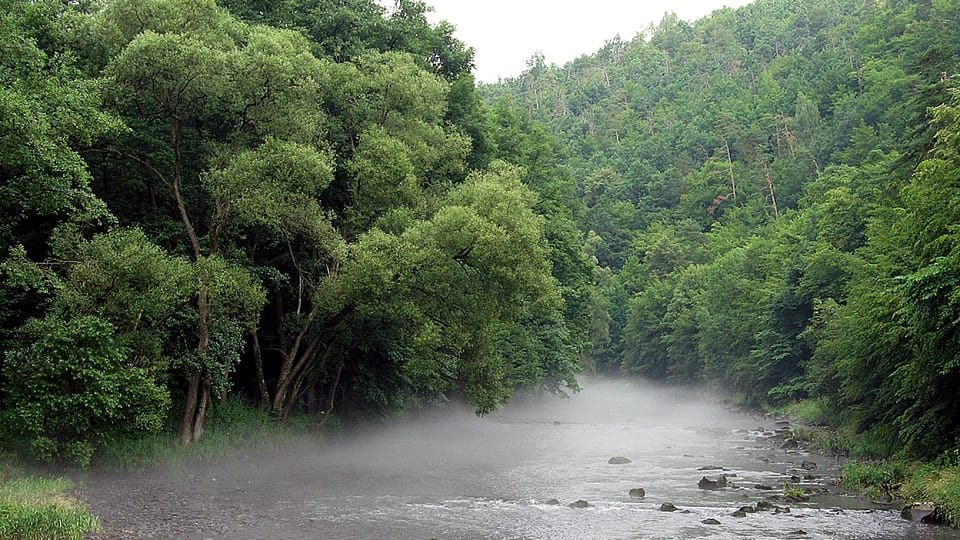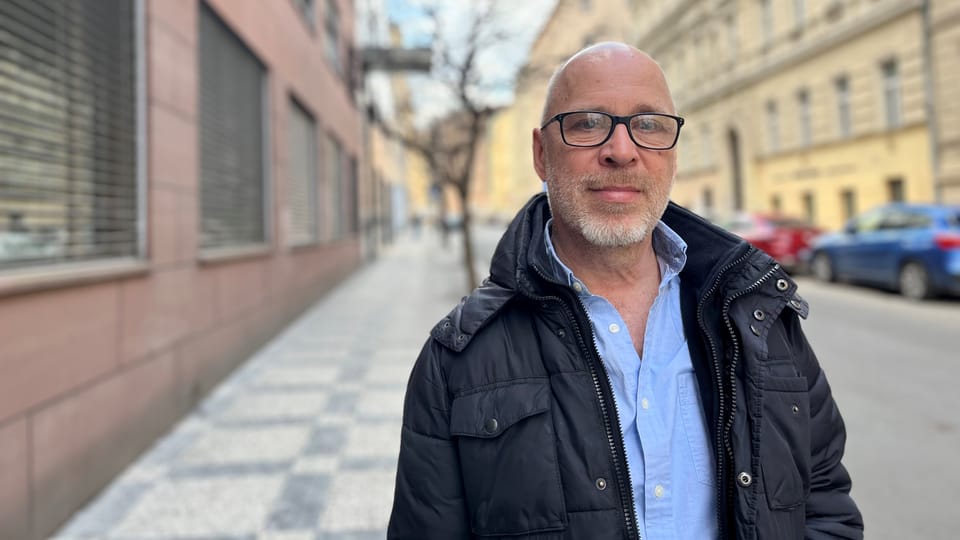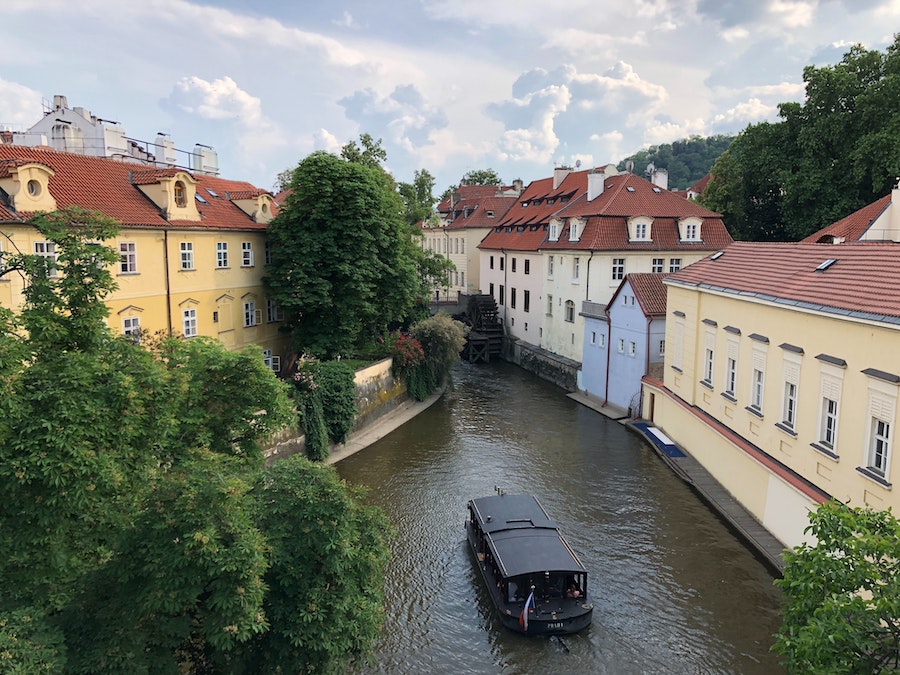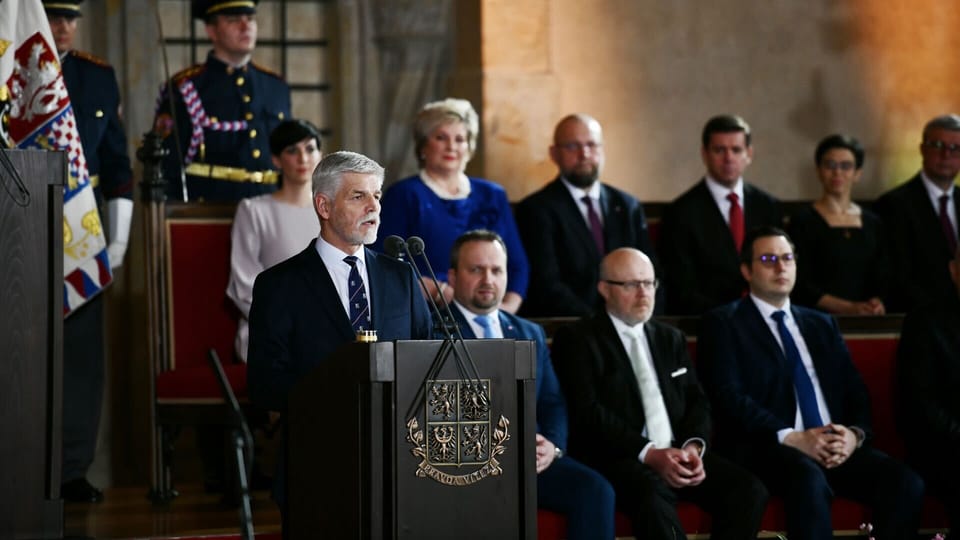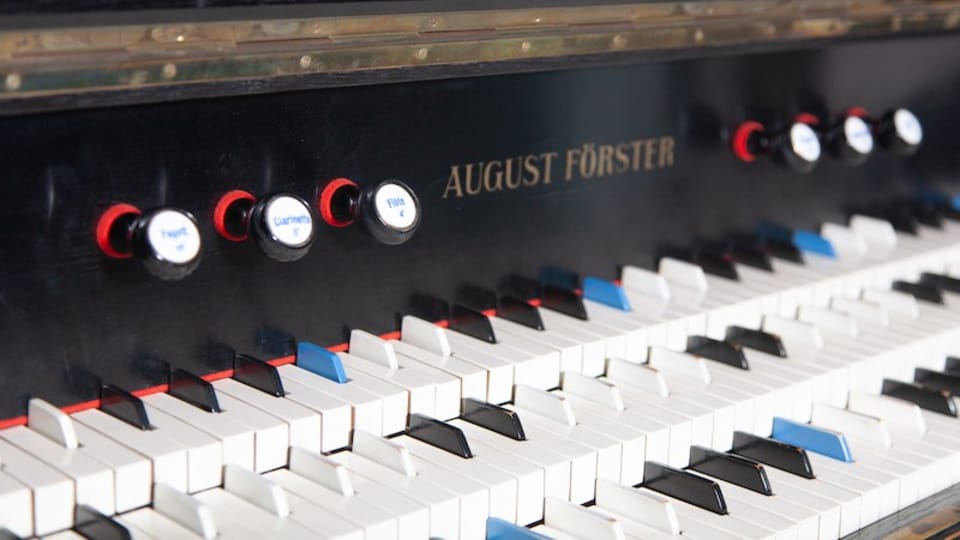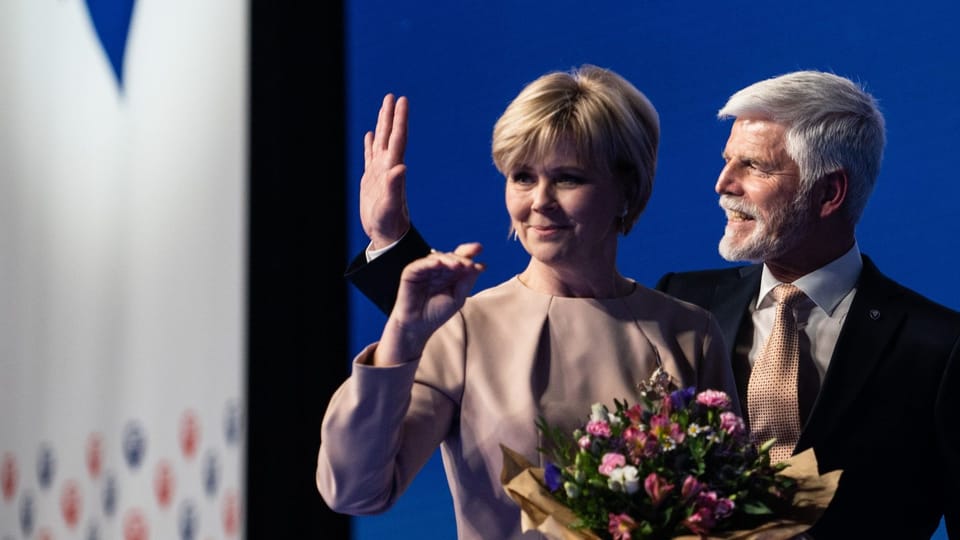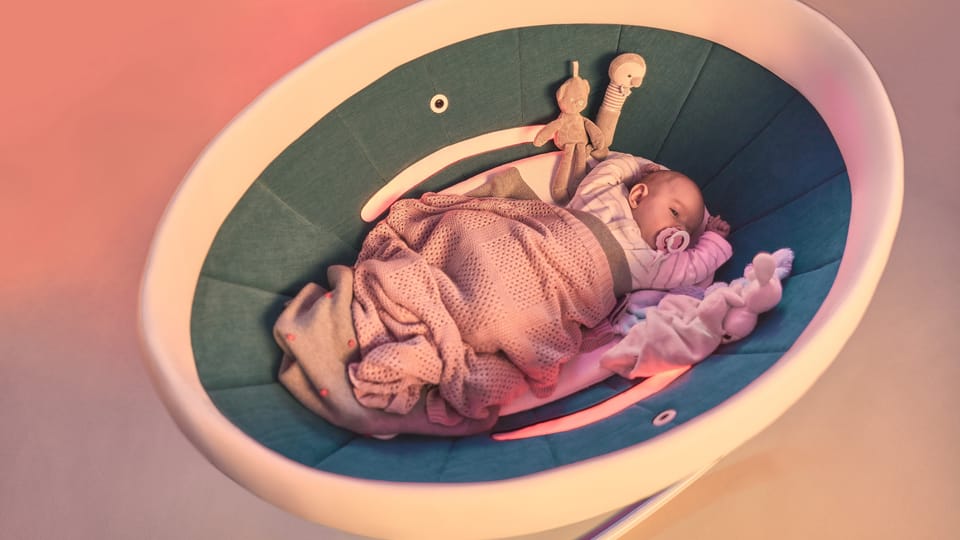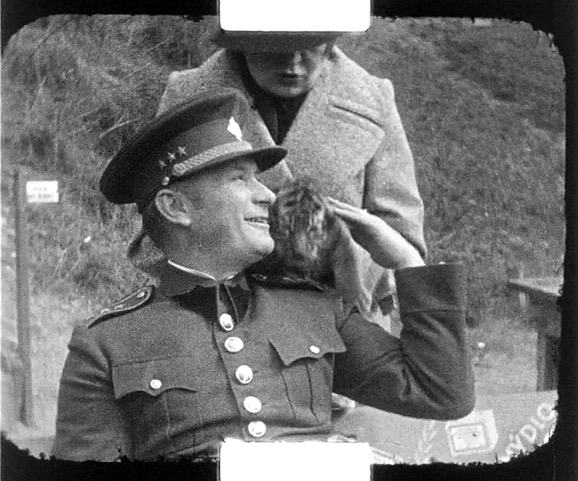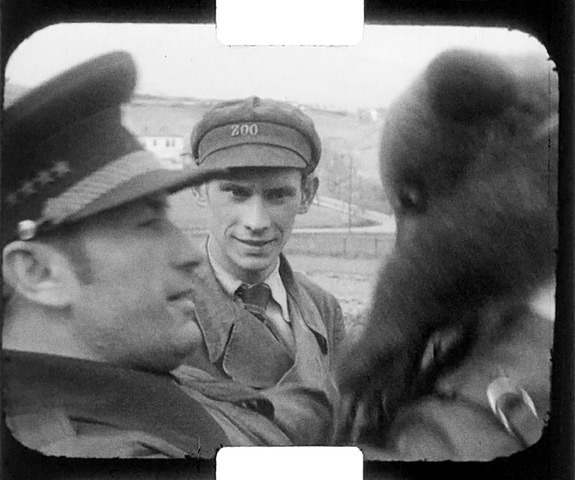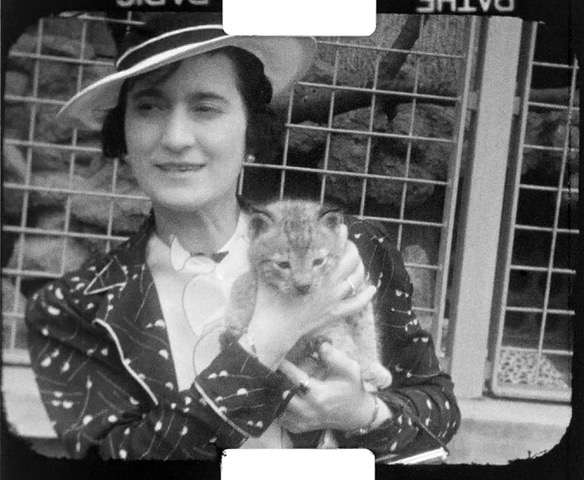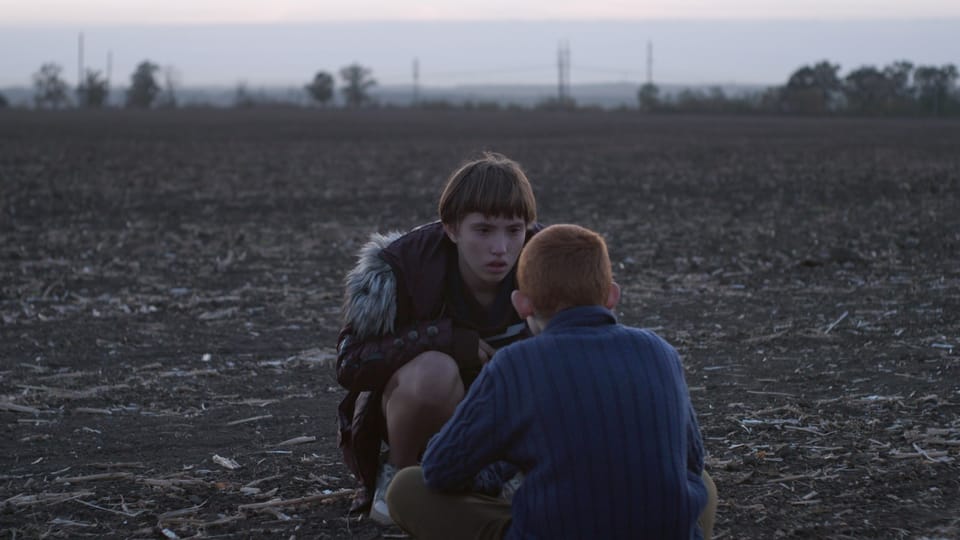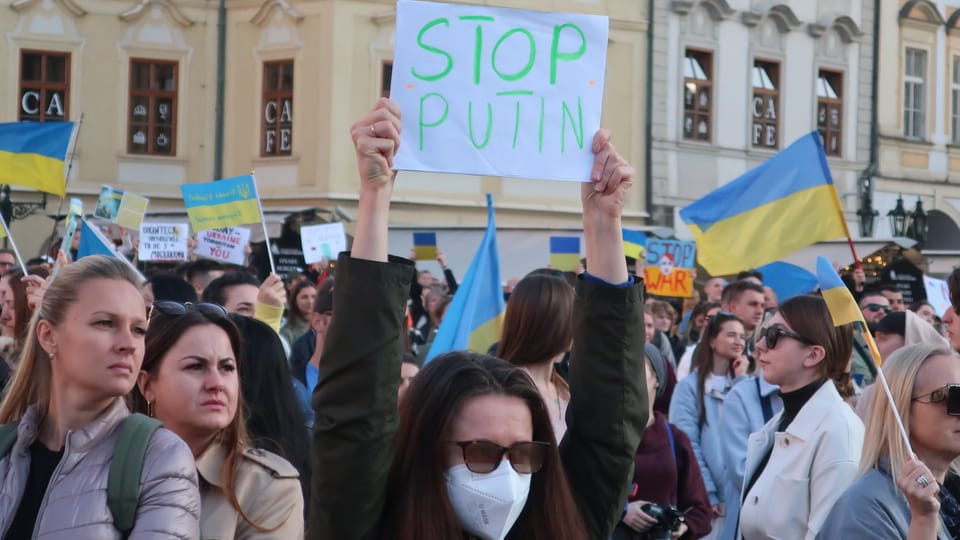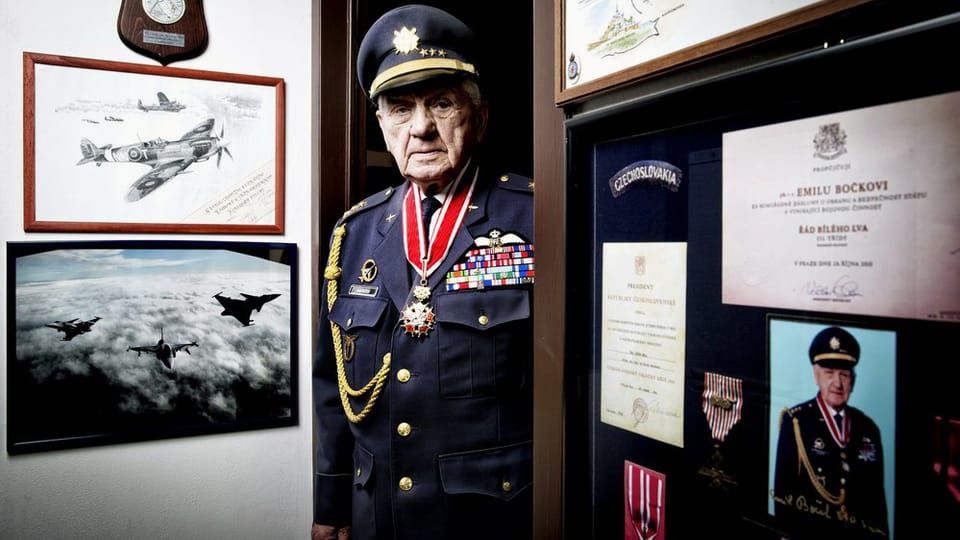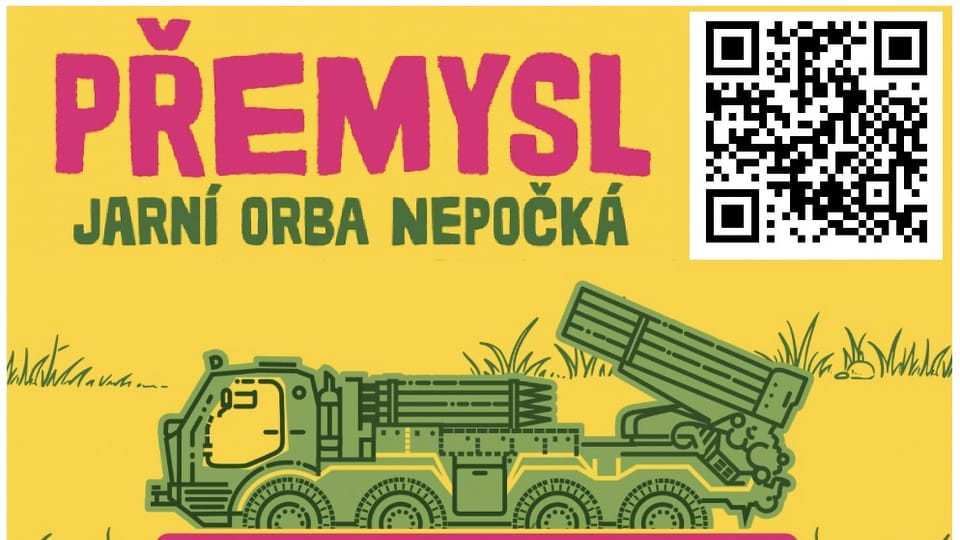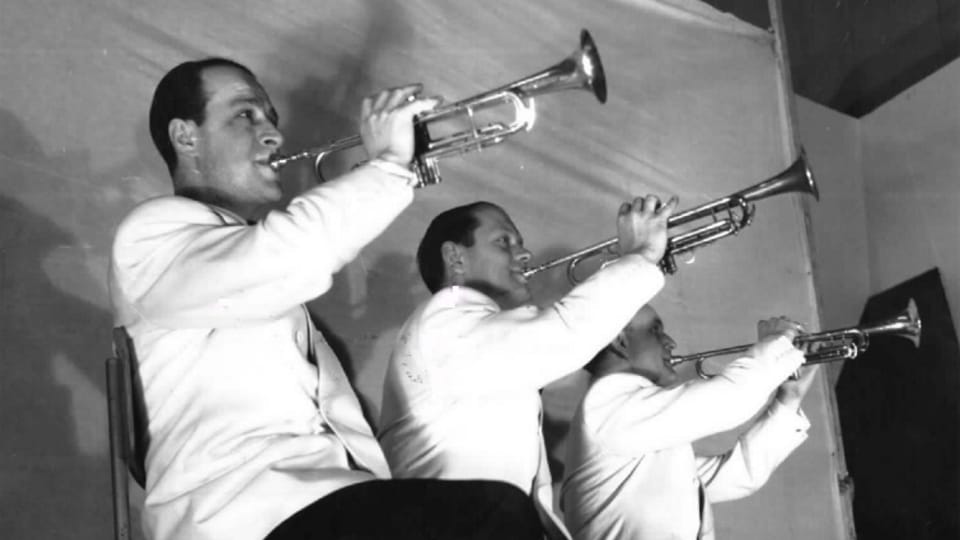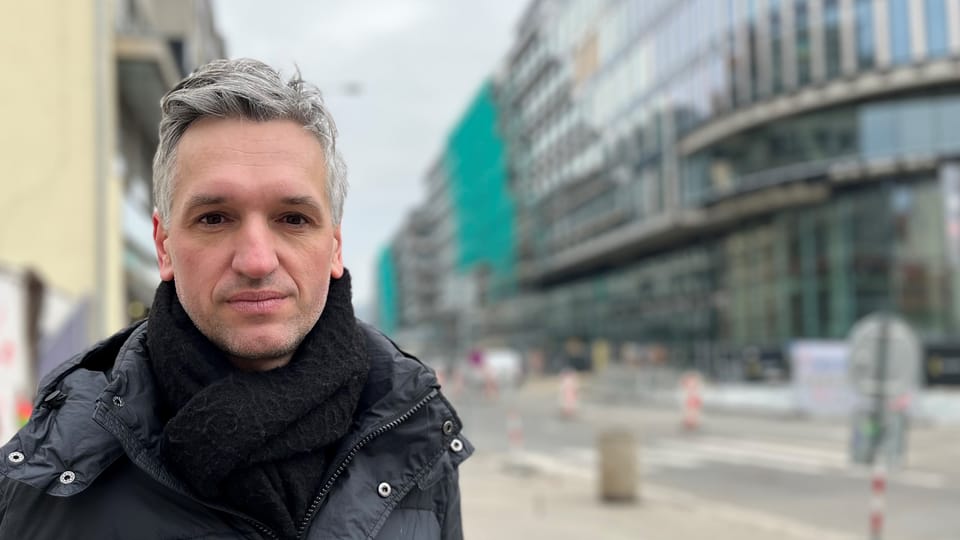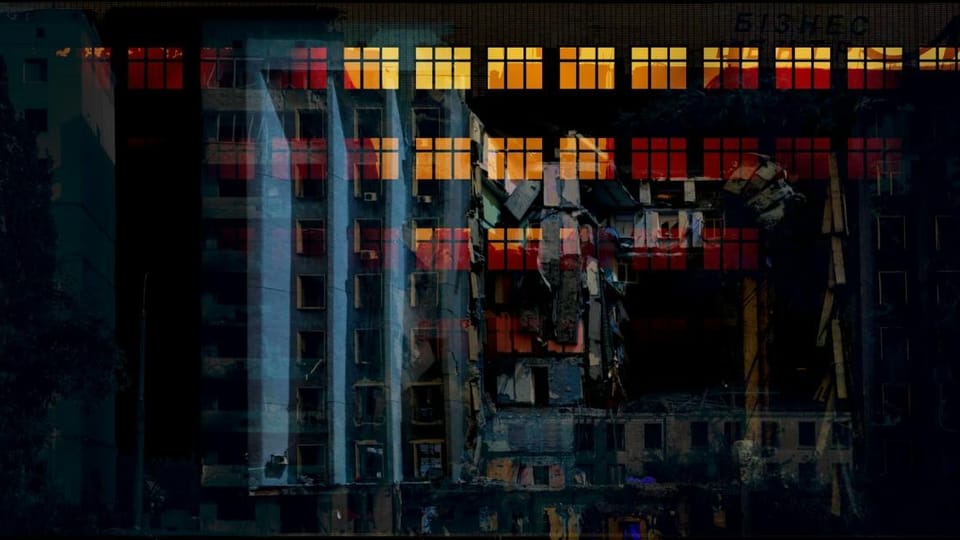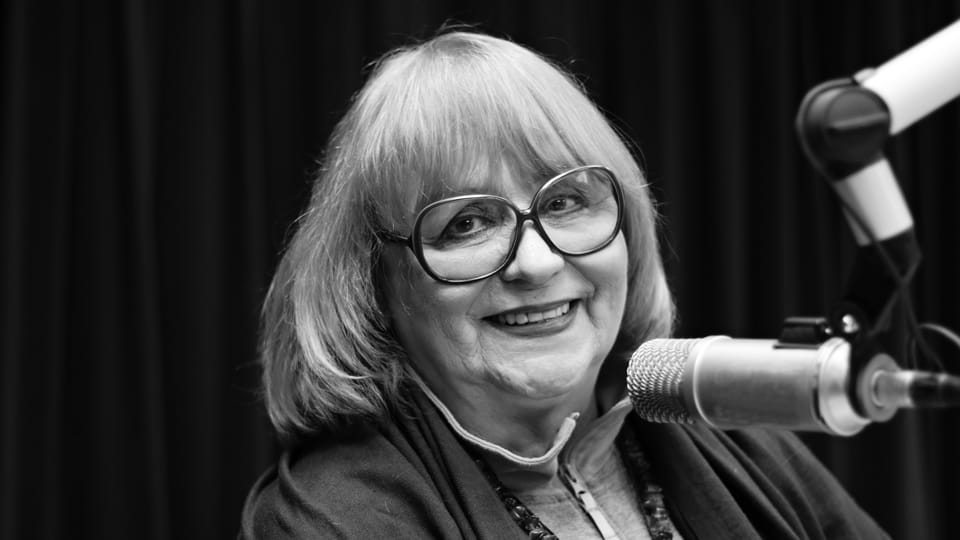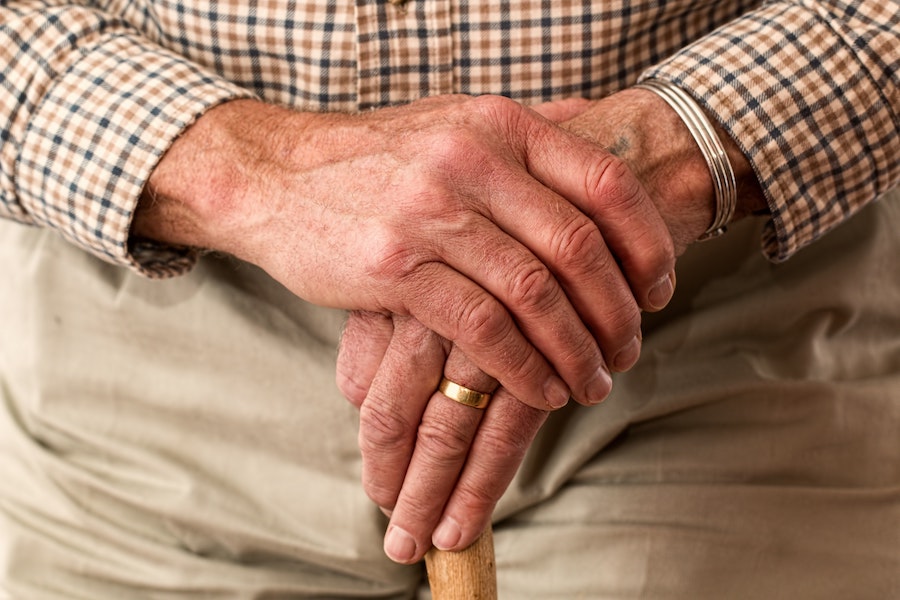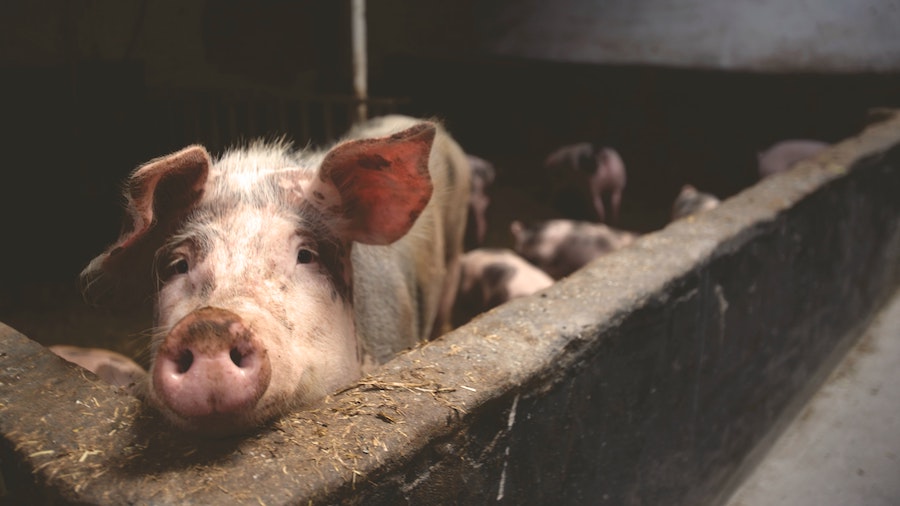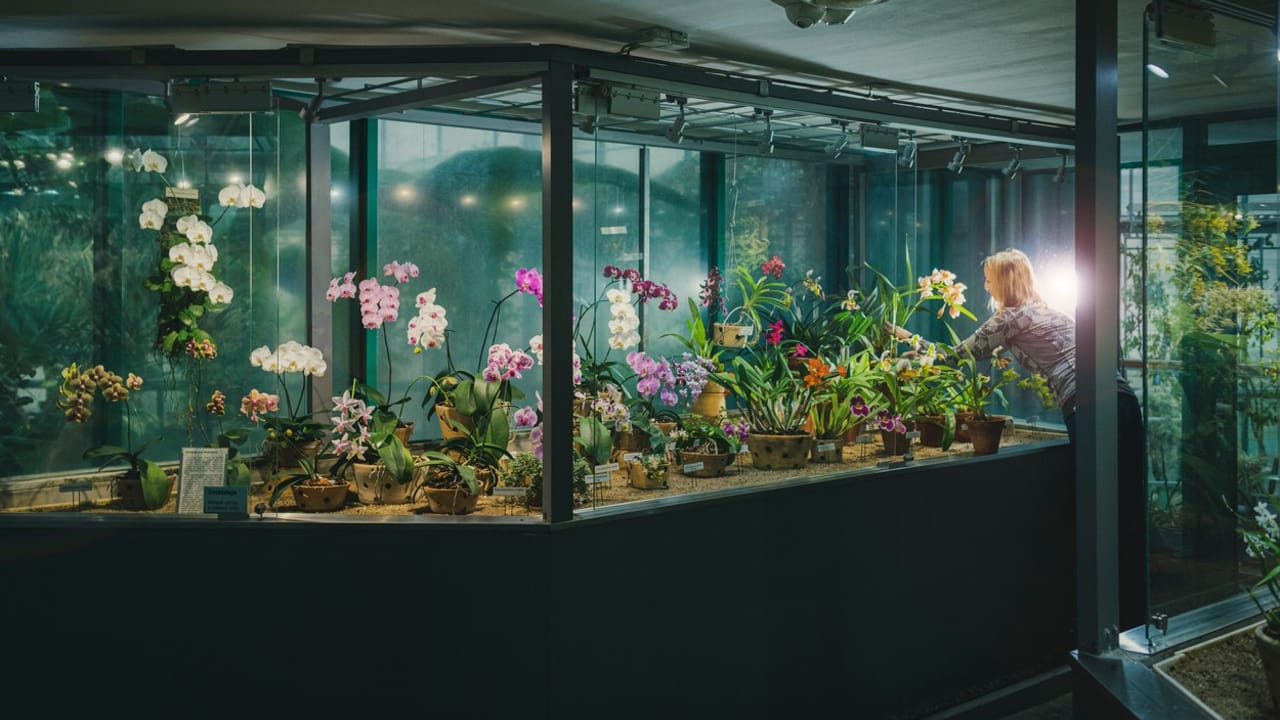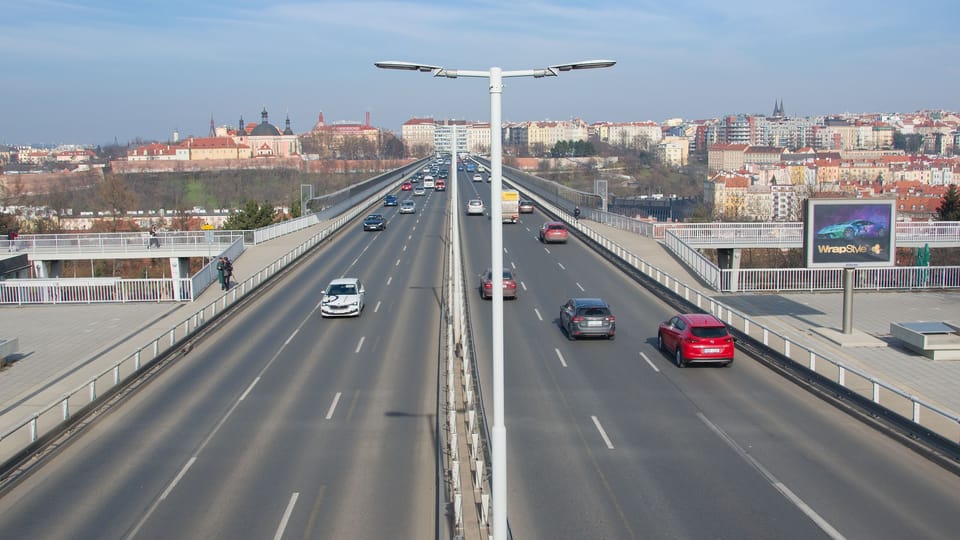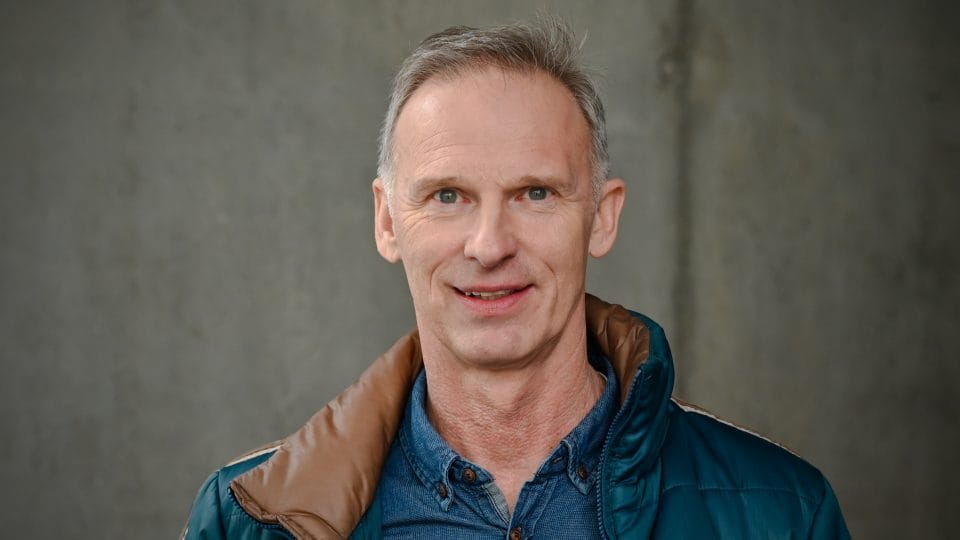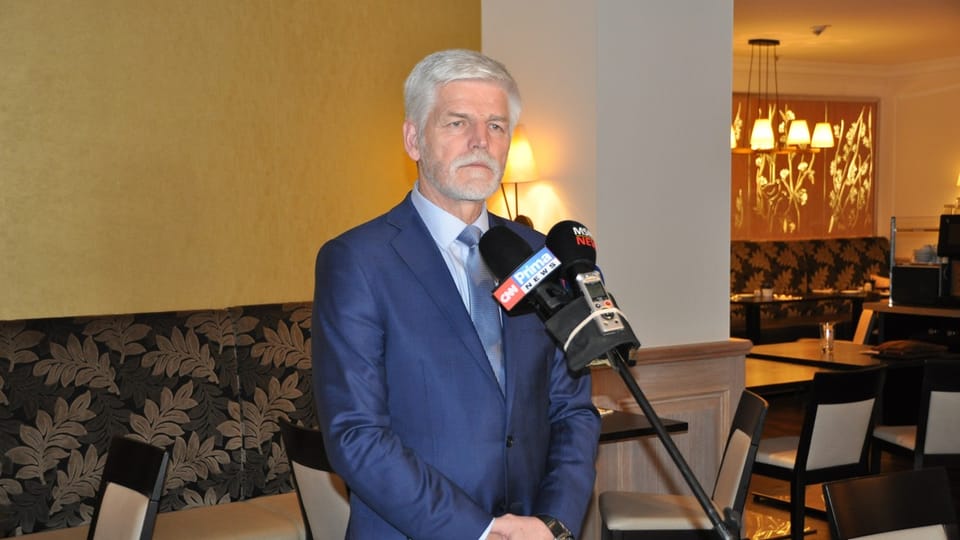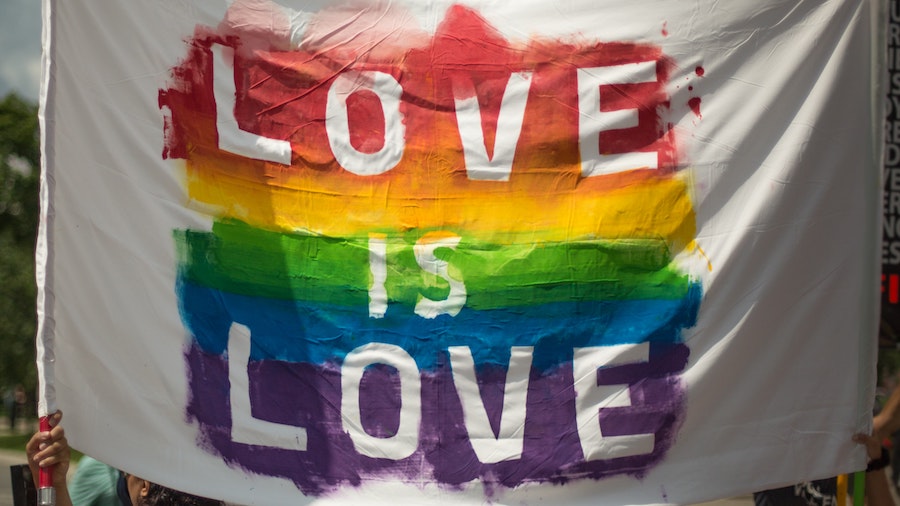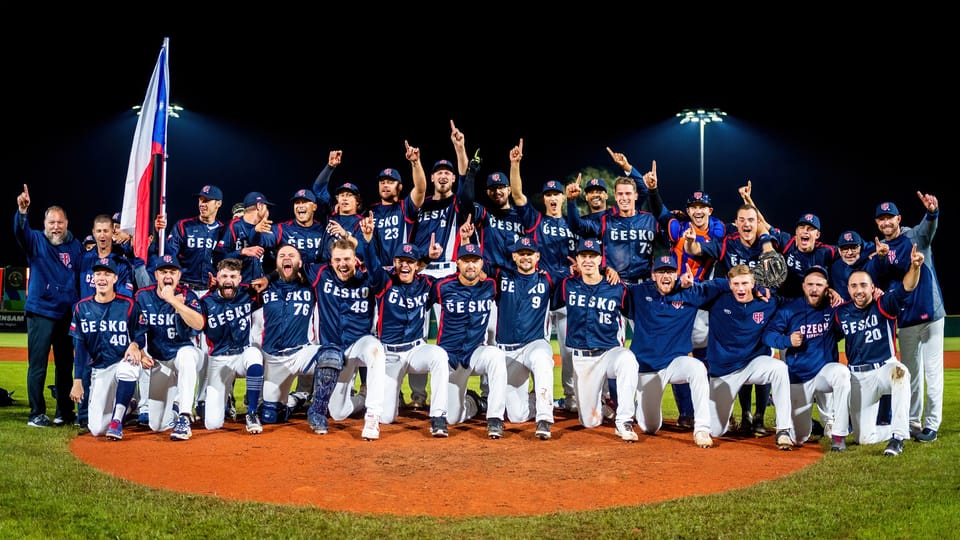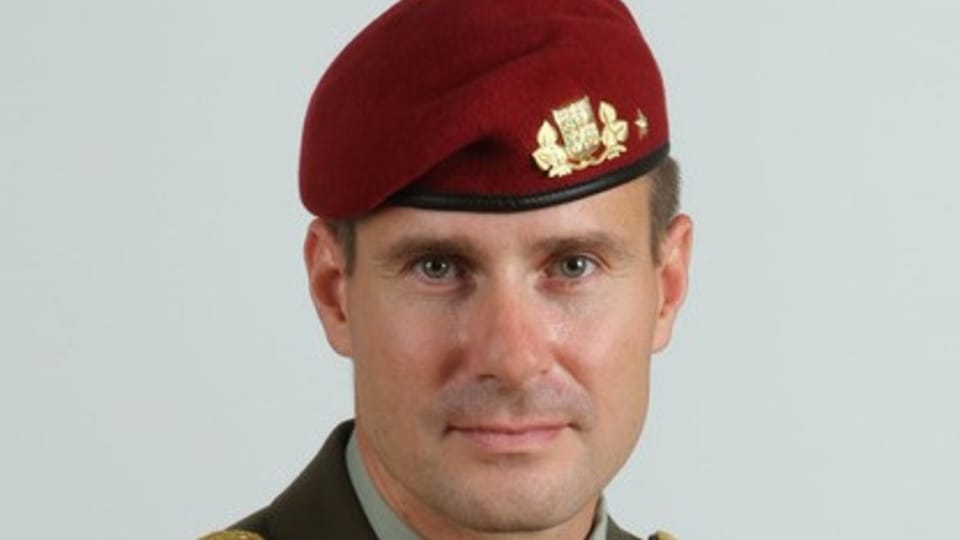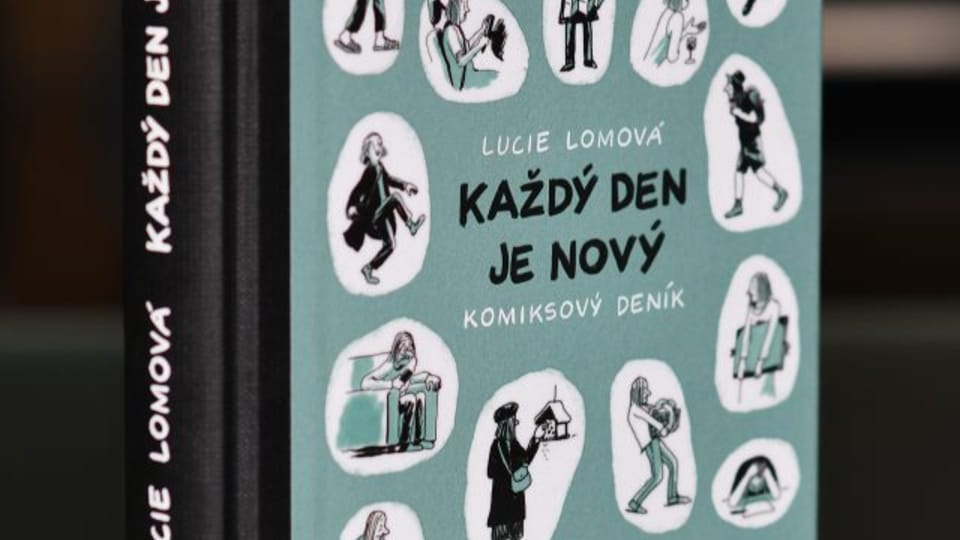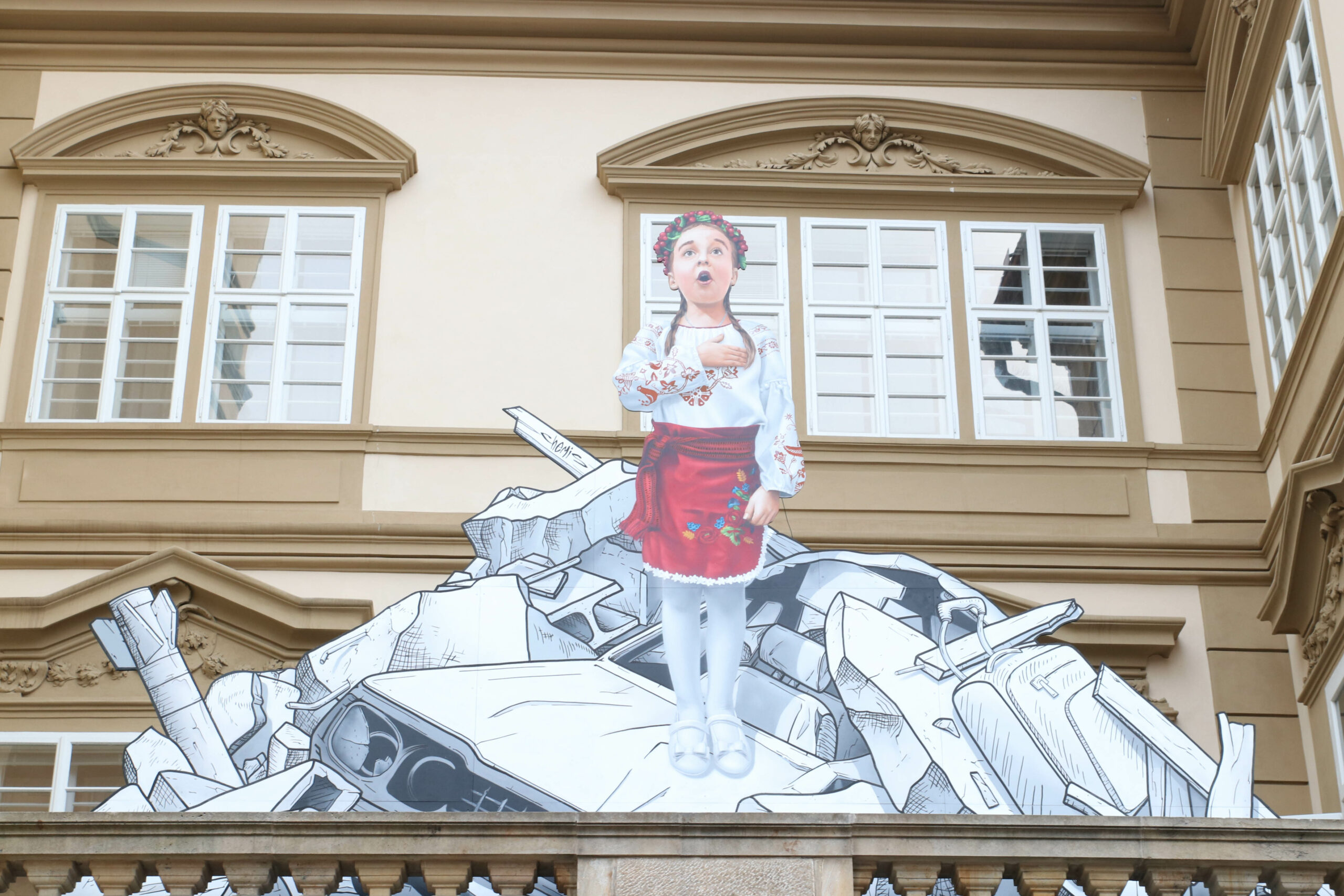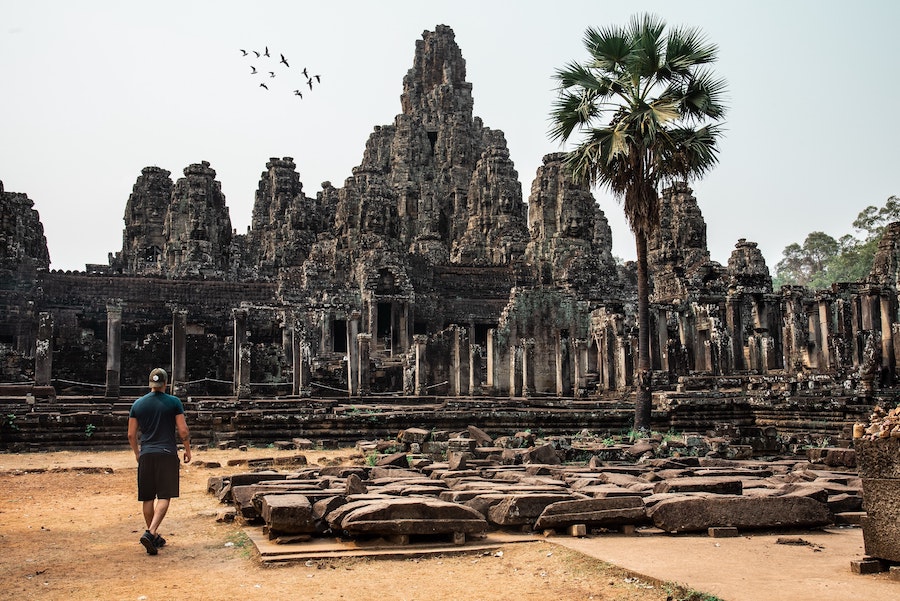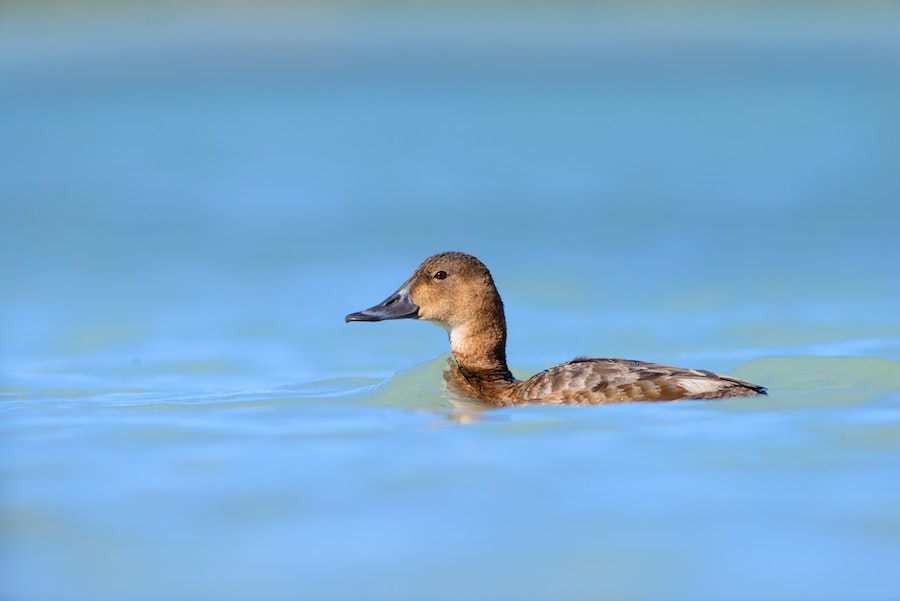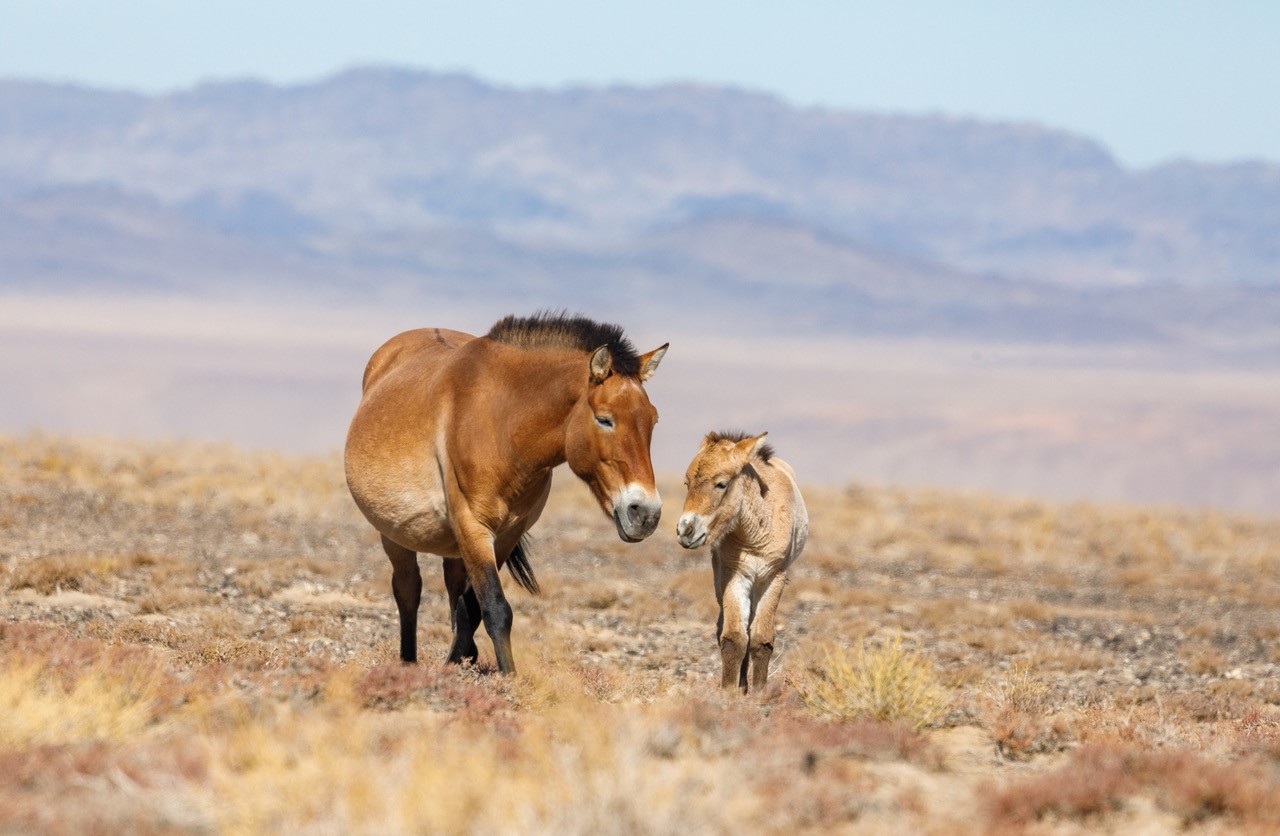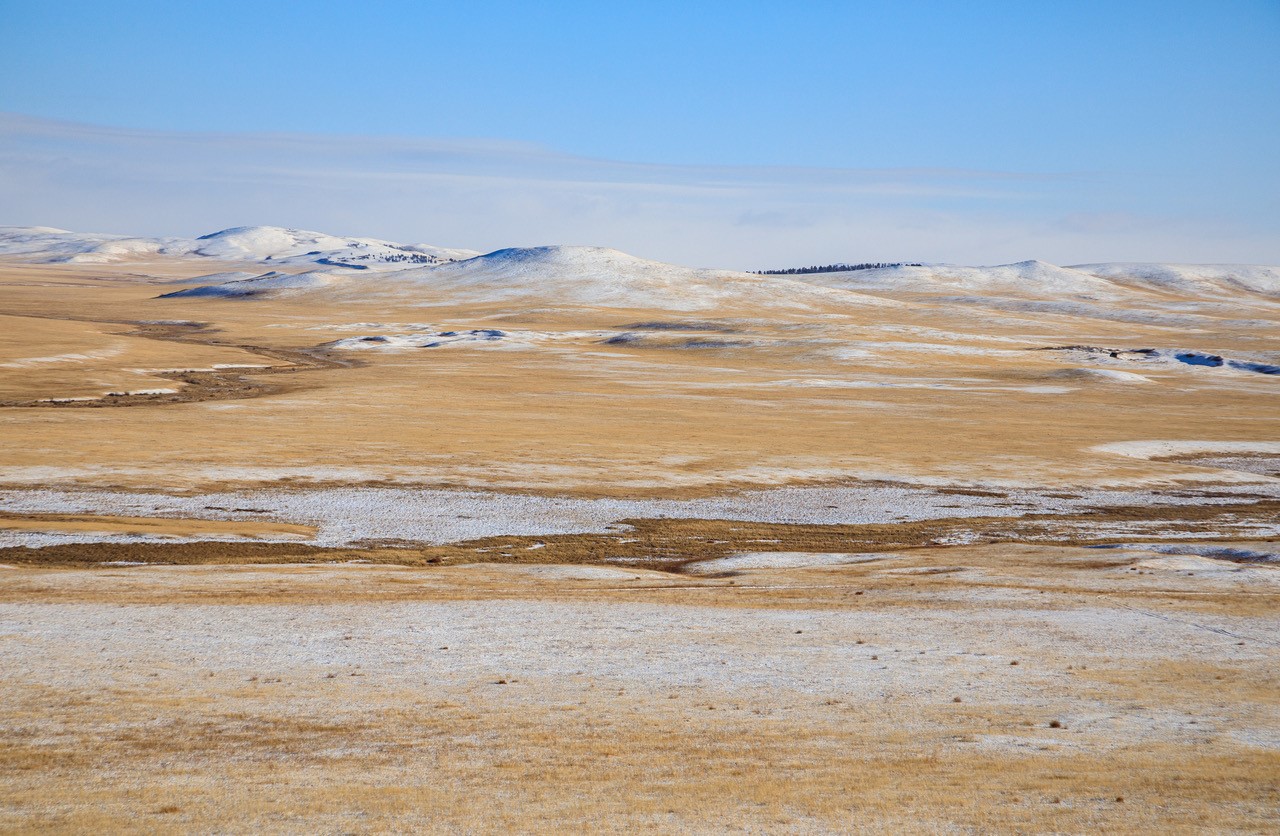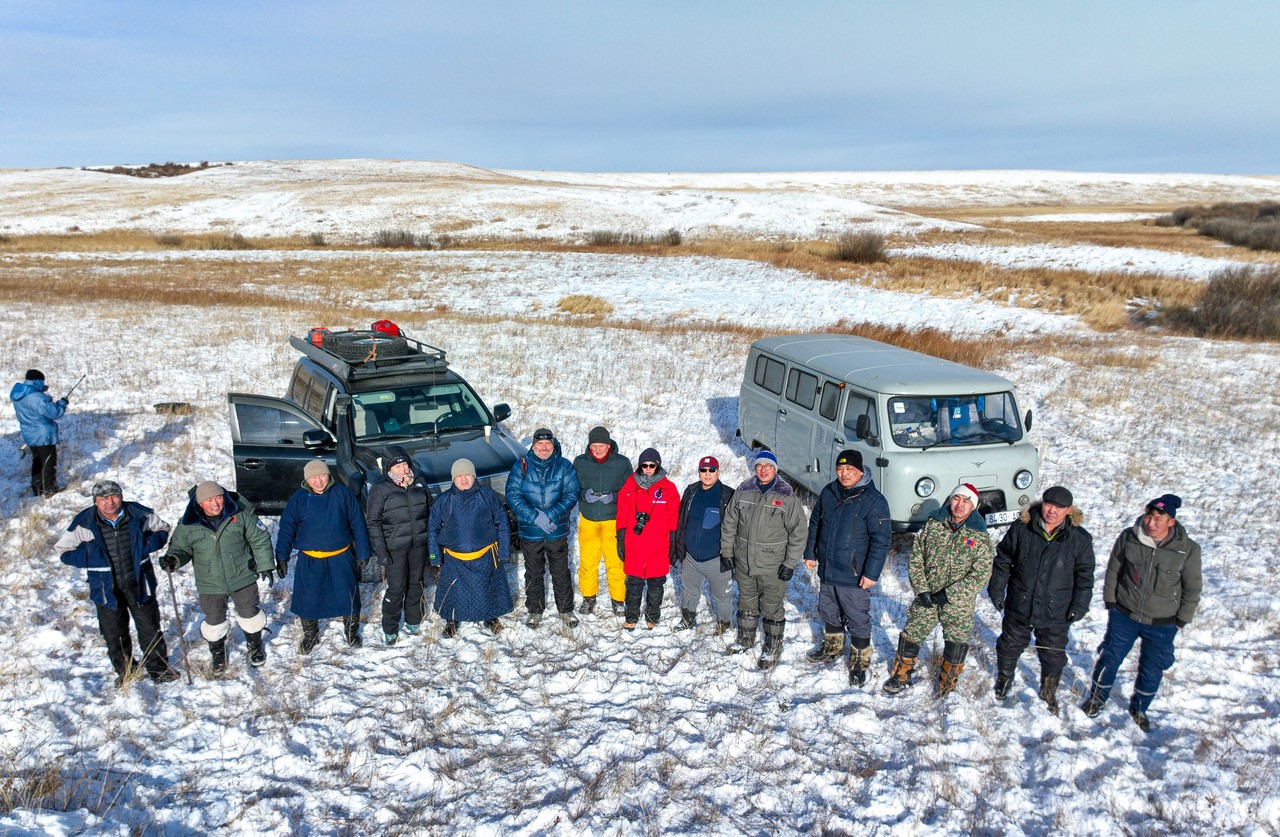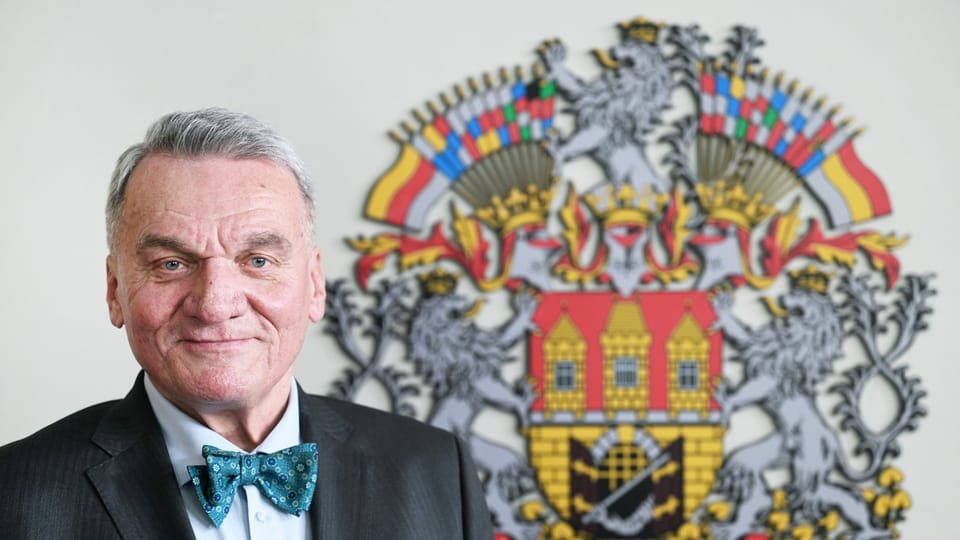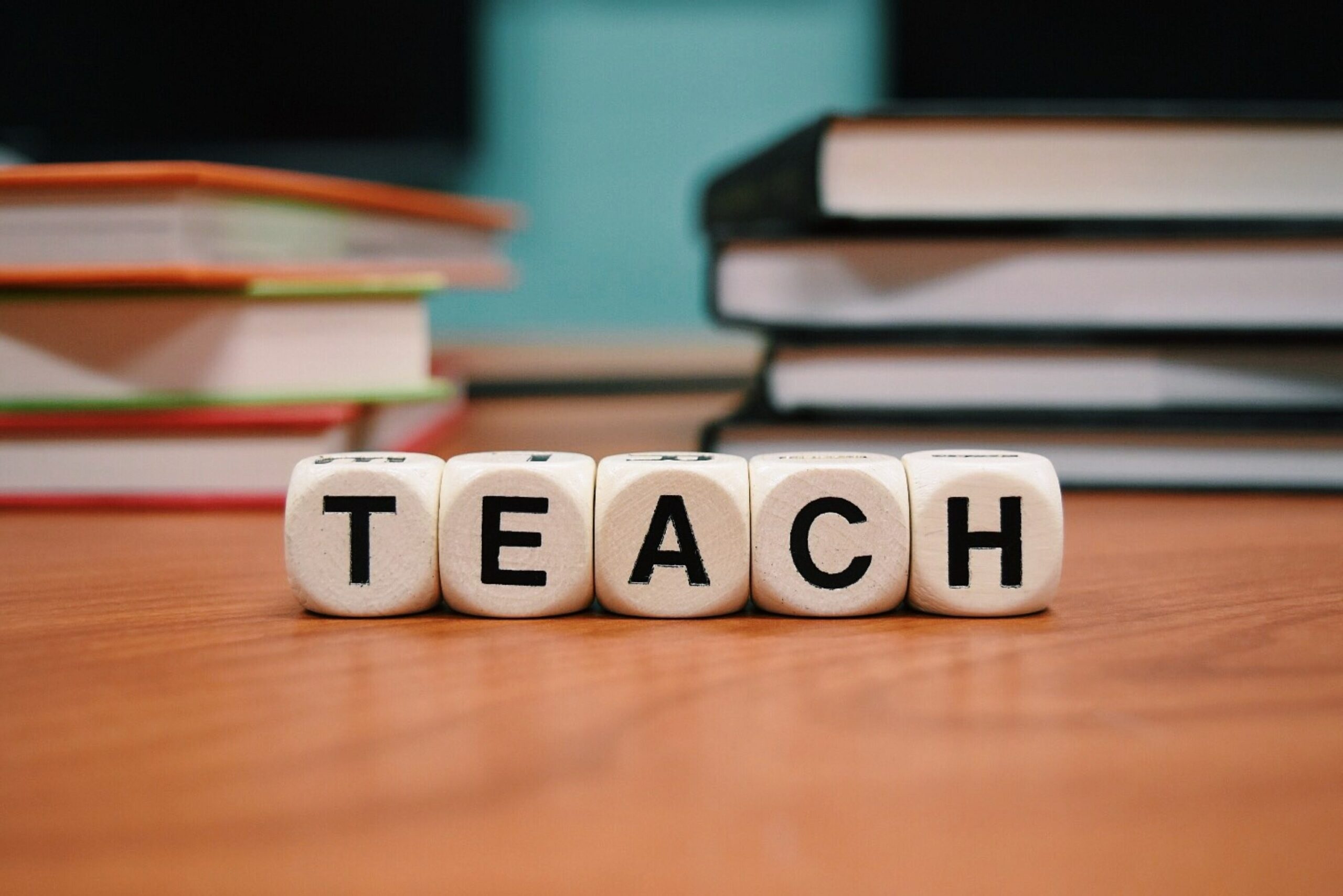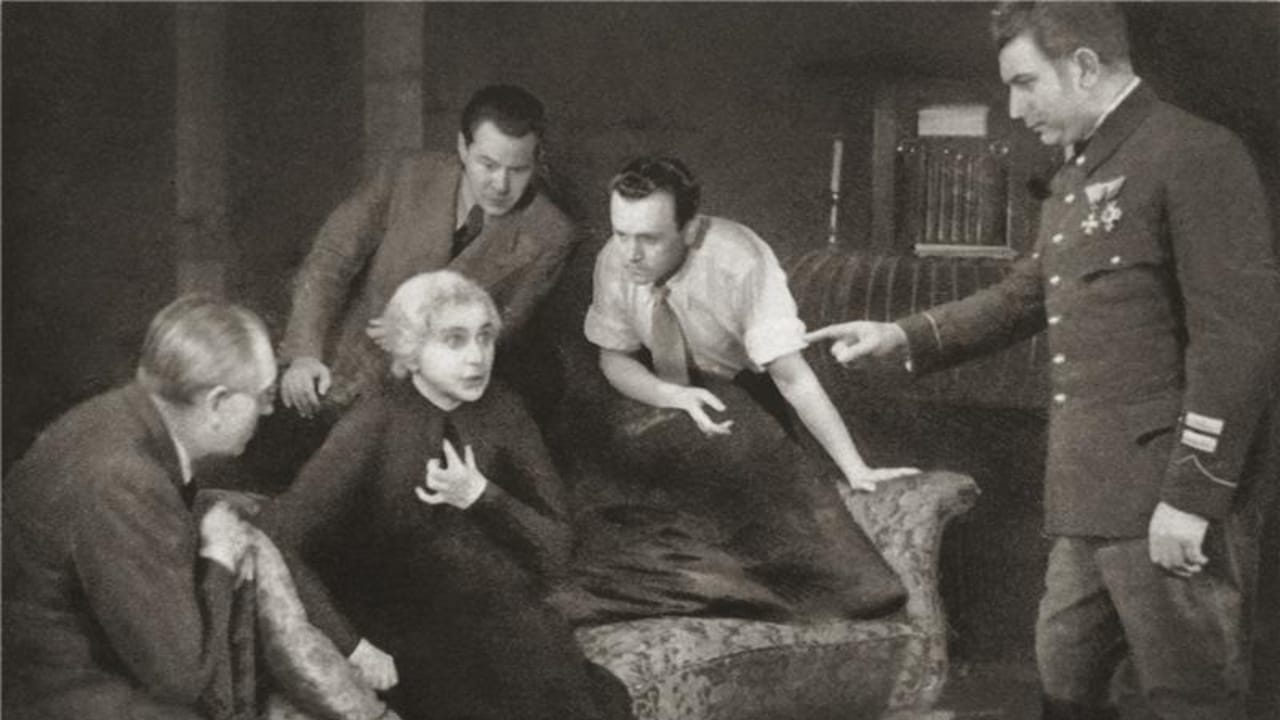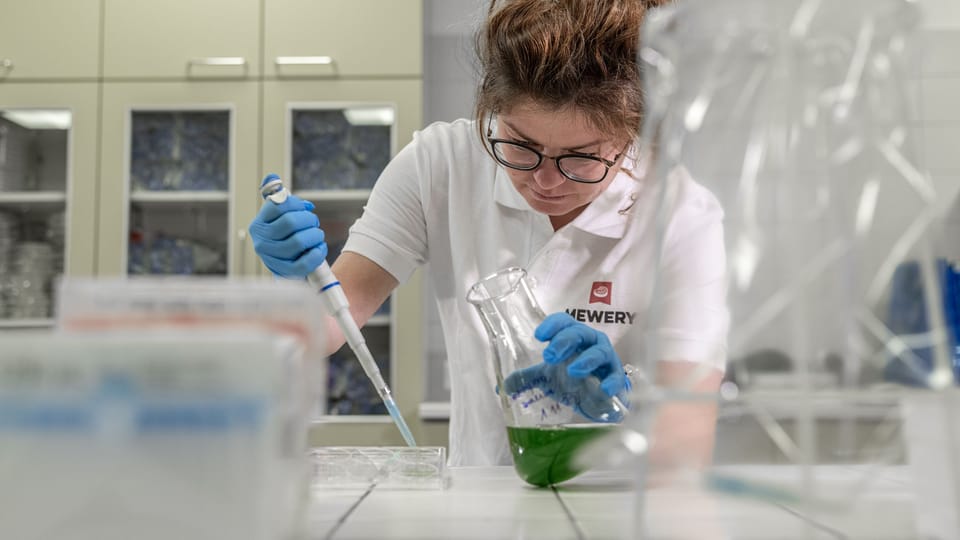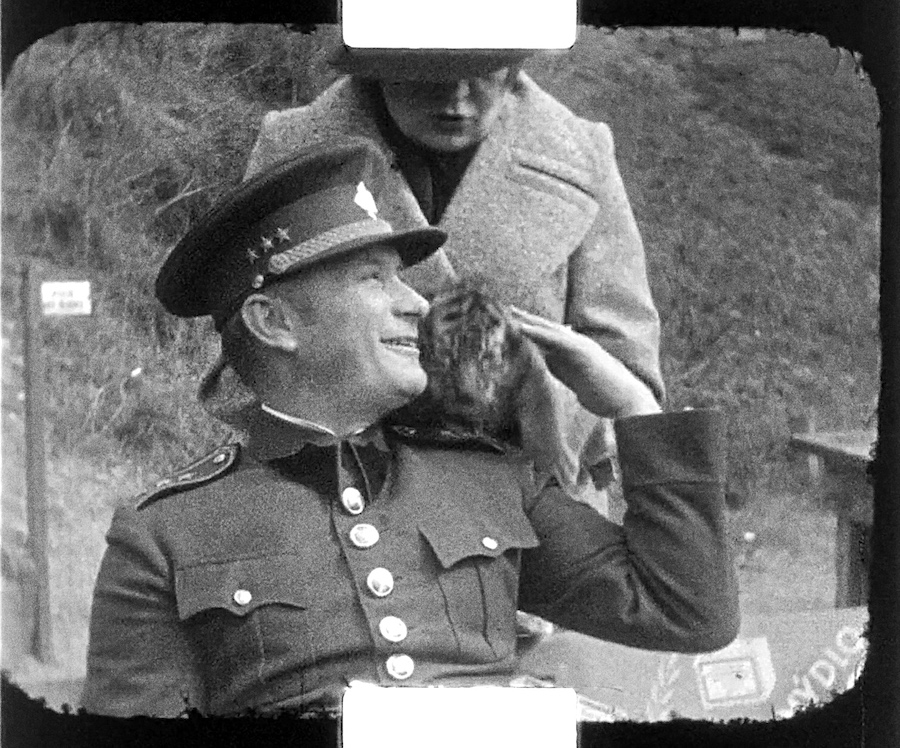
Ing. Zelinka as a lieutenant colonel (three stars), Photo Source: The Austrian Film Museum
This article is part of a new column series written by Miroslav Bobek, Director of Prague ZOO.
I haven’t experienced such a well-attended press conference as on Thursday, February 23, in Prague Zoo, for a long time. We held it because of recently discovered films that captured our zoological garden in the early years of its existence. We wanted to identify the author of the films – an officer of the Czechoslovak Army – and his wife. Very often she stood in front of the camera and likely sometimes also behind it.
“Great Investigation! The Zoo Searches for Mrs Unknown and a Lieutenant Colonel from Unique Films,” read one of the newspapers the following morning; many other headlines sounded a similar note.
However, at that time, we were already following one new, very promising lead. At the same time, I have to say that a whole range of various leads, about which we had hoped that they would bring us to identify the author of the films, had appeared during the last weeks. All of them led us to a dead end. The last time I had put my hope into a guestbook of the pension U Malířských, where the Lieutenant Colonel also filmed his wife. Again, I did not succeed – and I was afraid that we would again be disappointed this time.
It was a paradox that it was not the press conference and its output, which uncovered this new lead. At least not directly. Only after it was over, I contacted the Military History Institute, where I had tried to learn something earlier, and in the evening I received an email from the curator of its film collection Milan Hrubý.

Ing. Zelinka as a colonel (four stars; he was promoted on 1 January 1937), Photo Source: The Austrian Film Museum
“A number of lieutenant colonels of various units assigned to the Military Technical and Aerospace Institute may be considered,” he wrote to me. “The majority of them were from the technical arms service (see annexes), but it is possible that he was from another unit.”
This was in slight contradiction with the previous analysis of the military historian Dr Eduard Stehlík. Based on the uniform of “our” officer, he declared with certainty that the man in question had not been in a combat unit and he had not served in the Czechoslovak Legion in the past. Based on the collar patches, he then formulated the assumption that he was a member of the Judicial Service. However, this assumption appeared to be one of the abovementioned dead ends. My follow-up search based on the colour and material of the colourful triangles on the collar (hardly recognizable in the black and white footage) had gone nowhere. The aforementioned partial contradiction with the report of Milan Hrubý consisted just in the form of the collar patches. As I was going to learn soon, the system of collar patches in the First Republic’s Czechoslovak Army was so wide, complex and variable that even high-ranking officers did not know their way around it.
I did not get to the names mentioned in the email of Milan Hrubý until late in the evening. There must had been over fifty of them. But as I was scrolling through them, my attention was caught by Colonel Josef Zelinka from the technical arms service. I had two reasons why to stop there.
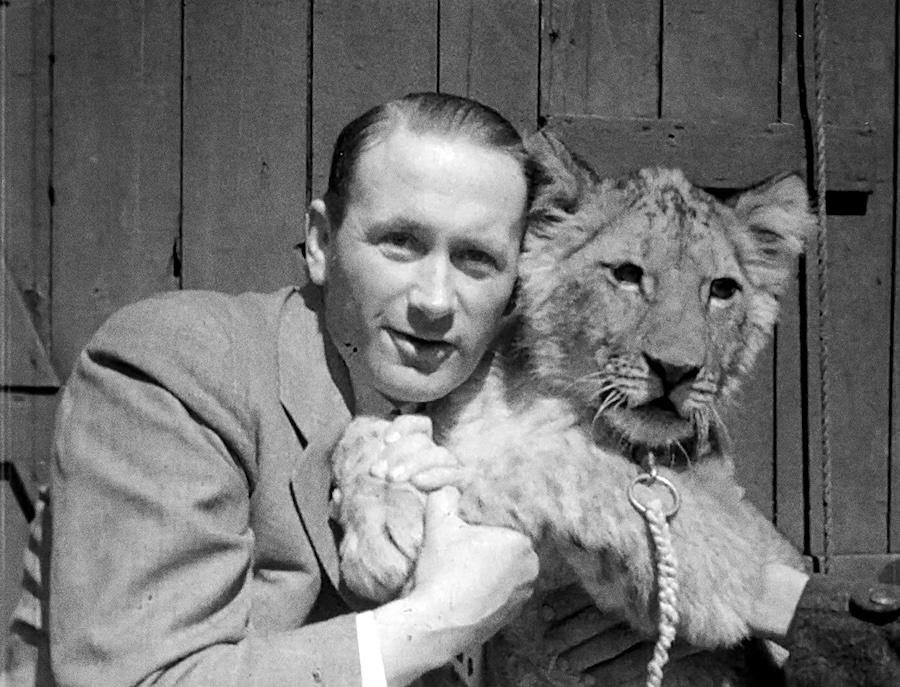
present Ing. Zelinka in civilian life, Photo Source: The Austrian Film Museum
First, his name starts with Z and most of the films start by Z in a circle. As the custodian of the Austrian Film Museum Stefanie Zingl pointed out at our press conference, amateur filmmakers were creating logos out of their initials; she even referred to our lieutenant colonel and his wife as “Mr and Mrs Z.”.
Secondly, Eng Zelinka had been promoted to the rank of colonel on January 1, 1937. This corresponds with the fact, that he appears in the film with the three stars of lieutenant colonel, but on some shot he already has four stars.
Could we finally find our man? In spite of the late hour, I wrote a message to Dr Stehlík. Within a few minutes he answered with notes form his card index:
“Lieutenant Colonel Engineer Josef Zelinka, born on June 15, 1893, Prague. Graduate of Czech Technical University in Prague in 1923. Died on October 7, 1948. Married, childless. He was not a legionnaire.”
Everything fit! The age, technical orientation, the fact that he was not a legionnaire… Even the mention of childlessness corresponded with the film footage. Not only are there no children captured there, but in one sequence “Mr and Mrs Z.” celebrate Christmas – just the two of them alone.
Despite all of that, I was reluctant to believe it. On Friday I started another investigation in various archives; however, this will bring results only over time.
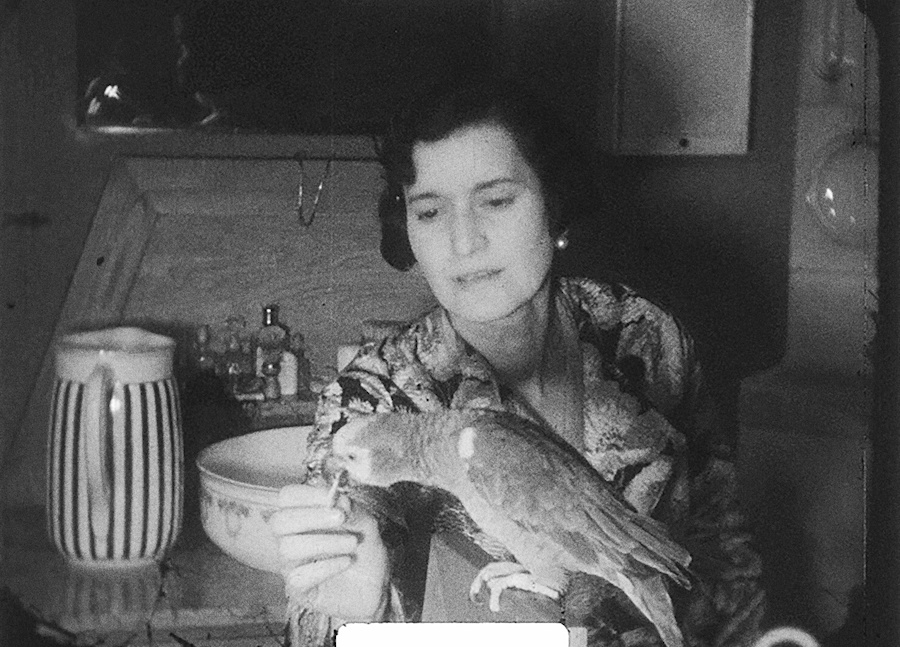
Mrs. Zelinka is at the zoo and at home with her parrot, Photo Source: The Austrian Film Museum
But shortly afterwards we gained unbreakable certainty! On Saturday morning, February 25, I received an email from the police pyrotechnician Lieutenant Colonel Zdeněk Horák:
“The author of the films is Colonel Josef Zelinka from the Military Technical Institute. I have discovered this person while processing archive materials in the area of development of ammunition, thanks to it I have a lot of materials about Col Zelinka (army personal documentation, biography); if you are interested, I can provide them to you.”
I immediately called Lt Col Horák. Besides the other evidence, he said that Zelinka’s obituary also mentioned his filming animals in the zoo. Then more evidence and information began to pour in…
So, the mystery is definitively solved! “Mr and Mrs Z.” were Col Eng Josef Zelinka and Helena Zelinková.
Source of the photos: The Austrian Film Museum.
